Text
Once again my grasp of science has failed me =(
In this video Doug Tallamy says that yellow bulbs are good for not confusing night insects. I haven't replaced my red bulb out back, yet, but I did put two yellow ones out front now.
youtube
The video is a good overview of what's wrong and how to help, yourself.
Lunarpunk gardens
Okay, I'll admit I'm not on top of the whole aesthetics of the various -punk genres, but looks imo should be considered after function and ethics. SO...
I was inspired by this post and got to thinking about what a Lunarpunk garden would mean on my site.
I decided the most important part of the post was "Let me propose lunarpunk being more than just witchy aesthetics. It should be about reducing light pollution, protecting all endangered species including the ugly ones, and most of all seeing darkness as a coexisting counterpart and not something to conquer." So, that's three ideas that I can work with.
reducing light pollution: Working through this idea the same way I would evaluating an established garden in terms of layers and scale of objects in the space, at a site-level the only exterior lights are those at the front and back door. Various flying insects are very attracted to the back light, which is a normal incandescent bulb, and less are attracted to the front ones, which are green. In both cases, we never leave them on all night, but working off what several websites say about bulb color and warmth, I can swap all the bulbs for a warmer-tone LED bulbs and that would cause less issue when they are on at night. Scaling up, I'm not sure what I can do about the huge streetlight on our road, which has the most hideous white-light. Before I DO anything, I probably should dig into the city's files, since I know the bulbs were changed into those LEDs a few years ago, and maybe there was some thought put into that decision.
protecting all endangered species including the ugly ones: Given I'm looking at Lunarpunk, an obvious connection here was moths, the 'ugly' relatives of butterflies. Personally, I love moths and understand their greater ecological role compared to butterflies from a video presentation I watched a few months ago (I'll post that later). Focusing in on the "endangered" aspect, I used Xerces Society's 'Species Profile' tool to look at my state and see what moths are endangered in my area. (Side-note: I also looked at the other categories, like Bees, Beetles, etc. and nothing was specifically noted for my area, so I'm putting those categories on the backburner for ideas rn.) I identified three species of moth as endangered for my area: Diana Fritillary, Dukes' Skipper, and Early Hairstreak. The idea to then ID what plants the eggs and larvae need as host plants, what adults need for sustenance, and what mirco-climates I can make to support their life cycles.
Diana Fritillary (Speyeria diana) "As a forest-dependent species, threats to the Diana fritillary come mainly from forest management: logging operations and pest control... There is one flight from June to September. Males emerge before females and patrol within the forest. Females lay eggs later in the flight period, mainly August, walking along the ground and attaching eggs singly to twigs and dead leaves. As with other Speyeria species, the caterpillars hatch and hibernate without feeding. They emerge in spring to feed on the leaves and flowers of various species of violets. Adults feed on nectar from a variety of plants, including milkweeds (Asclepias sp.), ironweed (Vernonia sp.), and red clover (Trifolium pratense). Males will also drink fluids from dung...Habitats for the Diana fritillary are the edges and openings in moist, rich mountain forests. They will also use pastures, shrublands, and fields for nectaring but will only breed if there is a suitable forest margin. Larval hostplants are various species of violets (Viola sp.)" (quotes from Xerces Society).
So, this species wants a forest edge, which my neighborhood is certainly not; however, I have a decent handful of trees which I mulch using unprocessed leaf litter and stems over the winter, and this provides a decent base for supporting any number of species in my site. I also have lots of self-sown viola in the lawn and beds, which I greatly enjoy not only for their tiny and delicate looking flowers, but also the fulsome heart-shaped leaves the rest of the summer and autumn. I have two Swamp Milkweeds planted, and I'll consider more species as space and needs arise. So far, off to a good start.
Dukes' Skipper (Euphyes dukesi) "It can be found in a variety of moist habitats with long grass, such as marshes or ditches, but the primary habitat is patches of sedge—its main larval host plant—in forested swamps. Dukes’ skipper deserves conservation efforts wherever it is found. Its forested wetland habitat should be protected from drainage, logging, and spraying...In the mid-south, there are two between June and September... Adults visit open wetlands to drink nectar from flowers such as pickerelweed (Pontederia sp.), sneezeweed (Helenium sp.), hibiscus (Hibiscus sp.), and blue mistflower (Conoclinium sp.)...Dukes’ skipper can be found in a variety of moist habitats with long grass, such as marshes or ditches, but the primary habitat is sedge patches in forested swamps. Larval hostplants are sedges, including hairy sedge (Carex lacustris) and shoreline sedge (Carex hyalinolepis)" (Xerces Society).
Again, not a habitat that is immediate to my site. The good news is that I'm already starting several Swamp Hibiscus from seed this year for various spots, and I've been looking more into sedges for a couple wet spots. In particular, I want to run an open pipe from the AC drip into a spot where I removed a non-native 'hibiscus' this winter after some damage. I could feasibly do a few sedges around the Swamp Hibiscus. I doubt I would get a breeding population on my own, but if it becomes an effective use of the water, this might be a technique that I can demonstrate to others in the neighborhood - and again, it's a good habit for several species besides the Skipper.
Early Hairstreak (Erora laeta) "The habitat is mature deciduous and mixed woods containing its host plants, American beech and beaked hazelnut. As a forest-dependent species, both logging activities and pest control spraying are possible threats...There are usually one flight (May – mid-June) in the north and two flights (mid-April – mid-May and late- June – July) in the east. Rarely, a partial third flight (late-August – early-September) in the southern Appalachians. Males perch in treetops on ridges and hilltops to watch for females. Adults nectar on fleabane (Erigeron sp.), oxeye daisy (Leucanthemum vulgare), and steeplebush (Spiraea tomentosa) Early Hairstreaks spend a considerable part of their life in the canopy. Some observers note that adults visit moist ground in the morning (for example, along dirt roads) before returning to the canopy in the afternoon. Eggs are laid singly on the hostplant fruit. Caterpillars feed on nuts, initially the husk in early instars and later boring inside. Most of the year is spent as pupae, probably in the leaf litter" (Xerces Society).
I'm realizing now that the reason these three species are threatened so much is that their habitat is decidedly not urban or adaptable to the swathes of monocultures that have swallowed my area. I don't have any Beech or Hazel nut yet, but I do have some beechnuts sown in a pot, that I picked off the path in a local park. If those germinate, I can probably keep some in pots and maybe get one in the ground depending on the circumstances this summer. I don't have any of the nectar plants, except the fleabane which randomly pops as a volunteer ( a "weed" to those more judgmental about pioneer-recovery species), and I can look into Steeplebush seeds, since they do look gorgeous and I can probably sell the more reluctant in my household on that factor.
seeing darkness as a coexisting counterpart and not something to conquer
This one is a bit tougher to work with outside of my own praxis, specifically in convincing others visually through my site. Honestly, I think the best way to suggest this visually is in using plants that are either dark foliaged (I have a ninebark and planning on some corn that fit this bill) or silver foliaged/white flowering ( a garden sage I have in a pot and the sown buttonbush, maybe). In daytime, I'm hoping to focus a lot on bright masses of color paired with bright hardscape, like the existing white accents and planned turquoise painted pots. The dark foliage are native plants; the ninebark is a replacement for the awful barberries I spent hours hacking out, and the corn is "Flor de Rio" a burgundy-colored popcorn variety. Those alone I hope are visually different enough to catch people's interest, but I know a lot of people take walks in my neighborhood in the evening, at dusk or after dark. The white flowers and silver foliage might actually benefit from the harsh streetlight, here, shining out from the muted greens and darker foliage.
The easiest way to try and further this point is naturally to talk to people about the idea, but I think this visual communication/demonstration could serve as the backbone of those potential conversations.
further thoughts
Lunarpunk isn't a genre I've really worked with before, but I hope this interpretation of the idea (a dark/hidden counterpart to the more well known Solarpunk ethos) can meaningfully help people reconsider their biases about visibility and usefulness, and of course provide support to various critters in the area.
#lunarpunk#gardening#homegrown national park#light pollution#gardening for moths#moths#garden#Youtube
20 notes
·
View notes
Text
How do I connect with local spirits?
Most witches consider local spirits to be a cornerstone of their practice. It's much easier to cast a ward on your home when the local forest spirit will back it up. Ask five witches how to connect to spirits and you'll get seven answers and three arguments.
So I'm going to give you a foolproof answer.
If you live in the united states, your state will have a list of endangered and threatened species. It will also have a list of invasive species. Look through these. There's a pretty good chance that you'll be surprised and find something you've seen before. "I didn't know that was endangered! I've seen that in my grandma's backyard."
Great! You are now that species guardian angel.
Figure out how to protect it. Find out how to spread it. Then do it. It spreads from cuttings? Awesome! Take some cuttings and sprout them, then plant them somewhere.
You don't have anywhere to plant them? That's okay. Get a high-vis vest, pull over onto the side of the highway in a nice spot, plant them, and leave. No one questions the high-vis vest. Someone does? "I'm a volenteer at an endangered species reintroduction program." It's not even a lie, it's just a program of one. Hell, that program may actually exist and you may actually be able to volenteer for it.
"But how does this help me connect with local spirits?" You are actively protecting your local ecosystems that your local spirits are a reflection of. They will appreciate that far more than any other offering you can give.
673 notes
·
View notes
Text
Natalie Topa's channel is a favorite of mine, just for how inspirational and actionable the ideas and visuals presented on it is. She is primarily working in African locations at a local, site-based level to illustrate and demonstrate the conservation of water, nutrients, and the promote the local participation in these activities.
I don't live in a decertifying region, personally, but I think the principles of water management, landscape contour, and localized resilience are applicable worldwide; plus, she illustrates a lot of situations that demonstrate exactly why certain landscapes are becoming degraded and how local issues spill out into the wider landscape.
Her videos about apartment permaculture and waste-stream management are also super inspirational and show how even without a plot of land we can be working towards more sustainable living.
youtube
youtube
#punk garden#solarpunk#gardening#permaculture#video recommendations#solarpunk gardening#resilience#Youtube
7 notes
·
View notes
Text
Going to try to start a tag here (#video recommendations) about channels I think have good info on native/responsible gardening. This channel has some good basic info, is presented well, and the videos are usually 2-10 minutes long.
This video is especially helpful if you have never done anything like this before, and need some basic bones of what must be considered.
youtube
1 note
·
View note
Text
Container experimenting
Something I've ruminated on for a while is making containers out of trash or abundant waste materials. Repurposing existing containers is pretty widespread already, but I wanted to do something a bit more artsy and decorative with things I already have access to.
This year I'm planning on doing a super small experimental trial, of sorts, between three container types. All the containers are about 7"x7" base with 6" height.
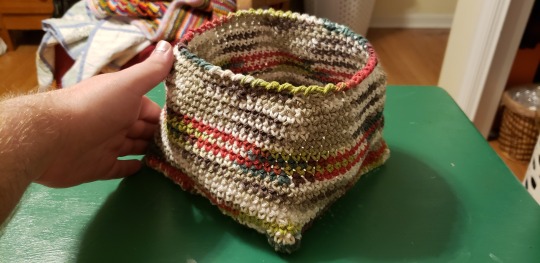
Type 1 is some cotton yarn (unraveled from a unfortunate shorts project that I gave up as a bad job last year) crocheted into a little squarish pot. The only other project I would have used this yarn for is potholders and dishclothes, and me and everyone I know already has a set of all that from me from xmas'es past. So, this would have otherwise just sat in my yarn bucket for a few years, potentially. I'm planning on lining all of these with some of those compostable trashbags (if I can get them on sale, of course), so I'm not too worried about soil falling out or the cotton wicking away too much moisture too quickly.

Type 2 is very similar, except it is crocheted in plarn made from grocery bags. I've done this type of plarn for years, now, and I wanted to experiment with the bicolor contrast b/w brown and white for this one.


Type 3 is a new area for me, which is trying cardboard as a planting material. this is a thin cardboard insert piece from something my family had shipped in, and it's cut to exact 7x7x6 dimensions then stitched together with more of the cotton yarn. I've used red sharpie on two sides to see how quickly decoration runs/discolors over the season. This is one that I'm really hoping holds up for at least 4-5 months, bc it would be a great way to process a lot of the delivery box cardboard my family gets. The local recycling place only accepts so much at a time and I'd prefer being able to reuse in on site.
For the Type 1 and Type 3, I'm also hoping that they are a simple composting solution for annuals. When the plants are dead, I want to just be able to toss the whole thing into the compost bin, and be able to advise the same to anyone who also tries to grow in those types. The cotton isn't super sustainable, since it takes so much water to grow the cotton, fuel to ship between gathering, processing, spinning, and selling in a store, but it should hopefully demonstrate that a natural material in crochet is able to be used in this way.
For the plants, I'm planning on start 4 seed types in soil blocks and transferring into the experimental containers once frost danger has past. I dug through my seed stash and found: calendula, gevonese basil, sweet mace, and porticula/moss rose. They should be mildly drought resistant if the moisture levels are inconsistent, is my hope.
1 note
·
View note
Text
Lunarpunk gardens
Okay, I'll admit I'm not on top of the whole aesthetics of the various -punk genres, but looks imo should be considered after function and ethics. SO...
I was inspired by this post and got to thinking about what a Lunarpunk garden would mean on my site.
I decided the most important part of the post was "Let me propose lunarpunk being more than just witchy aesthetics. It should be about reducing light pollution, protecting all endangered species including the ugly ones, and most of all seeing darkness as a coexisting counterpart and not something to conquer." So, that's three ideas that I can work with.
reducing light pollution: Working through this idea the same way I would evaluating an established garden in terms of layers and scale of objects in the space, at a site-level the only exterior lights are those at the front and back door. Various flying insects are very attracted to the back light, which is a normal incandescent bulb, and less are attracted to the front ones, which are green. In both cases, we never leave them on all night, but working off what several websites say about bulb color and warmth, I can swap all the bulbs for a warmer-tone LED bulbs and that would cause less issue when they are on at night. Scaling up, I'm not sure what I can do about the huge streetlight on our road, which has the most hideous white-light. Before I DO anything, I probably should dig into the city's files, since I know the bulbs were changed into those LEDs a few years ago, and maybe there was some thought put into that decision.
protecting all endangered species including the ugly ones: Given I'm looking at Lunarpunk, an obvious connection here was moths, the 'ugly' relatives of butterflies. Personally, I love moths and understand their greater ecological role compared to butterflies from a video presentation I watched a few months ago (I'll post that later). Focusing in on the "endangered" aspect, I used Xerces Society's 'Species Profile' tool to look at my state and see what moths are endangered in my area. (Side-note: I also looked at the other categories, like Bees, Beetles, etc. and nothing was specifically noted for my area, so I'm putting those categories on the backburner for ideas rn.) I identified three species of moth as endangered for my area: Diana Fritillary, Dukes' Skipper, and Early Hairstreak. The idea to then ID what plants the eggs and larvae need as host plants, what adults need for sustenance, and what mirco-climates I can make to support their life cycles.
Diana Fritillary (Speyeria diana) "As a forest-dependent species, threats to the Diana fritillary come mainly from forest management: logging operations and pest control... There is one flight from June to September. Males emerge before females and patrol within the forest. Females lay eggs later in the flight period, mainly August, walking along the ground and attaching eggs singly to twigs and dead leaves. As with other Speyeria species, the caterpillars hatch and hibernate without feeding. They emerge in spring to feed on the leaves and flowers of various species of violets. Adults feed on nectar from a variety of plants, including milkweeds (Asclepias sp.), ironweed (Vernonia sp.), and red clover (Trifolium pratense). Males will also drink fluids from dung...Habitats for the Diana fritillary are the edges and openings in moist, rich mountain forests. They will also use pastures, shrublands, and fields for nectaring but will only breed if there is a suitable forest margin. Larval hostplants are various species of violets (Viola sp.)" (quotes from Xerces Society).
So, this species wants a forest edge, which my neighborhood is certainly not; however, I have a decent handful of trees which I mulch using unprocessed leaf litter and stems over the winter, and this provides a decent base for supporting any number of species in my site. I also have lots of self-sown viola in the lawn and beds, which I greatly enjoy not only for their tiny and delicate looking flowers, but also the fulsome heart-shaped leaves the rest of the summer and autumn. I have two Swamp Milkweeds planted, and I'll consider more species as space and needs arise. So far, off to a good start.
Dukes' Skipper (Euphyes dukesi) "It can be found in a variety of moist habitats with long grass, such as marshes or ditches, but the primary habitat is patches of sedge—its main larval host plant—in forested swamps. Dukes’ skipper deserves conservation efforts wherever it is found. Its forested wetland habitat should be protected from drainage, logging, and spraying...In the mid-south, there are two between June and September... Adults visit open wetlands to drink nectar from flowers such as pickerelweed (Pontederia sp.), sneezeweed (Helenium sp.), hibiscus (Hibiscus sp.), and blue mistflower (Conoclinium sp.)...Dukes’ skipper can be found in a variety of moist habitats with long grass, such as marshes or ditches, but the primary habitat is sedge patches in forested swamps. Larval hostplants are sedges, including hairy sedge (Carex lacustris) and shoreline sedge (Carex hyalinolepis)" (Xerces Society).
Again, not a habitat that is immediate to my site. The good news is that I'm already starting several Swamp Hibiscus from seed this year for various spots, and I've been looking more into sedges for a couple wet spots. In particular, I want to run an open pipe from the AC drip into a spot where I removed a non-native 'hibiscus' this winter after some damage. I could feasibly do a few sedges around the Swamp Hibiscus. I doubt I would get a breeding population on my own, but if it becomes an effective use of the water, this might be a technique that I can demonstrate to others in the neighborhood - and again, it's a good habit for several species besides the Skipper.
Early Hairstreak (Erora laeta) "The habitat is mature deciduous and mixed woods containing its host plants, American beech and beaked hazelnut. As a forest-dependent species, both logging activities and pest control spraying are possible threats...There are usually one flight (May – mid-June) in the north and two flights (mid-April – mid-May and late- June – July) in the east. Rarely, a partial third flight (late-August – early-September) in the southern Appalachians. Males perch in treetops on ridges and hilltops to watch for females. Adults nectar on fleabane (Erigeron sp.), oxeye daisy (Leucanthemum vulgare), and steeplebush (Spiraea tomentosa) Early Hairstreaks spend a considerable part of their life in the canopy. Some observers note that adults visit moist ground in the morning (for example, along dirt roads) before returning to the canopy in the afternoon. Eggs are laid singly on the hostplant fruit. Caterpillars feed on nuts, initially the husk in early instars and later boring inside. Most of the year is spent as pupae, probably in the leaf litter" (Xerces Society).
I'm realizing now that the reason these three species are threatened so much is that their habitat is decidedly not urban or adaptable to the swathes of monocultures that have swallowed my area. I don't have any Beech or Hazel nut yet, but I do have some beechnuts sown in a pot, that I picked off the path in a local park. If those germinate, I can probably keep some in pots and maybe get one in the ground depending on the circumstances this summer. I don't have any of the nectar plants, except the fleabane which randomly pops as a volunteer ( a "weed" to those more judgmental about pioneer-recovery species), and I can look into Steeplebush seeds, since they do look gorgeous and I can probably sell the more reluctant in my household on that factor.
seeing darkness as a coexisting counterpart and not something to conquer
This one is a bit tougher to work with outside of my own praxis, specifically in convincing others visually through my site. Honestly, I think the best way to suggest this visually is in using plants that are either dark foliaged (I have a ninebark and planning on some corn that fit this bill) or silver foliaged/white flowering ( a garden sage I have in a pot and the sown buttonbush, maybe). In daytime, I'm hoping to focus a lot on bright masses of color paired with bright hardscape, like the existing white accents and planned turquoise painted pots. The dark foliage are native plants; the ninebark is a replacement for the awful barberries I spent hours hacking out, and the corn is "Flor de Rio" a burgundy-colored popcorn variety. Those alone I hope are visually different enough to catch people's interest, but I know a lot of people take walks in my neighborhood in the evening, at dusk or after dark. The white flowers and silver foliage might actually benefit from the harsh streetlight, here, shining out from the muted greens and darker foliage.
The easiest way to try and further this point is naturally to talk to people about the idea, but I think this visual communication/demonstration could serve as the backbone of those potential conversations.
further thoughts
Lunarpunk isn't a genre I've really worked with before, but I hope this interpretation of the idea (a dark/hidden counterpart to the more well known Solarpunk ethos) can meaningfully help people reconsider their biases about visibility and usefulness, and of course provide support to various critters in the area.
20 notes
·
View notes
Text



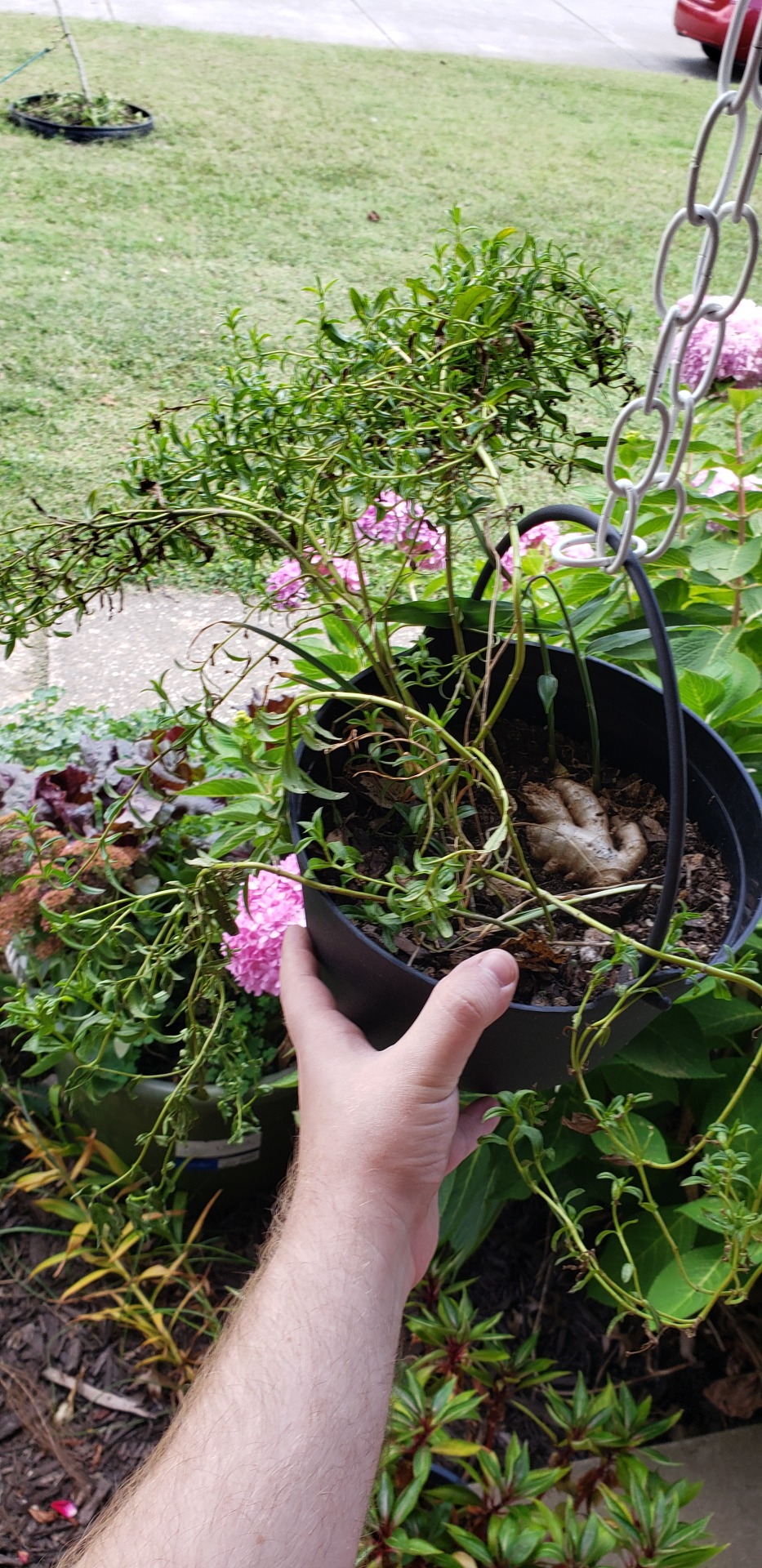

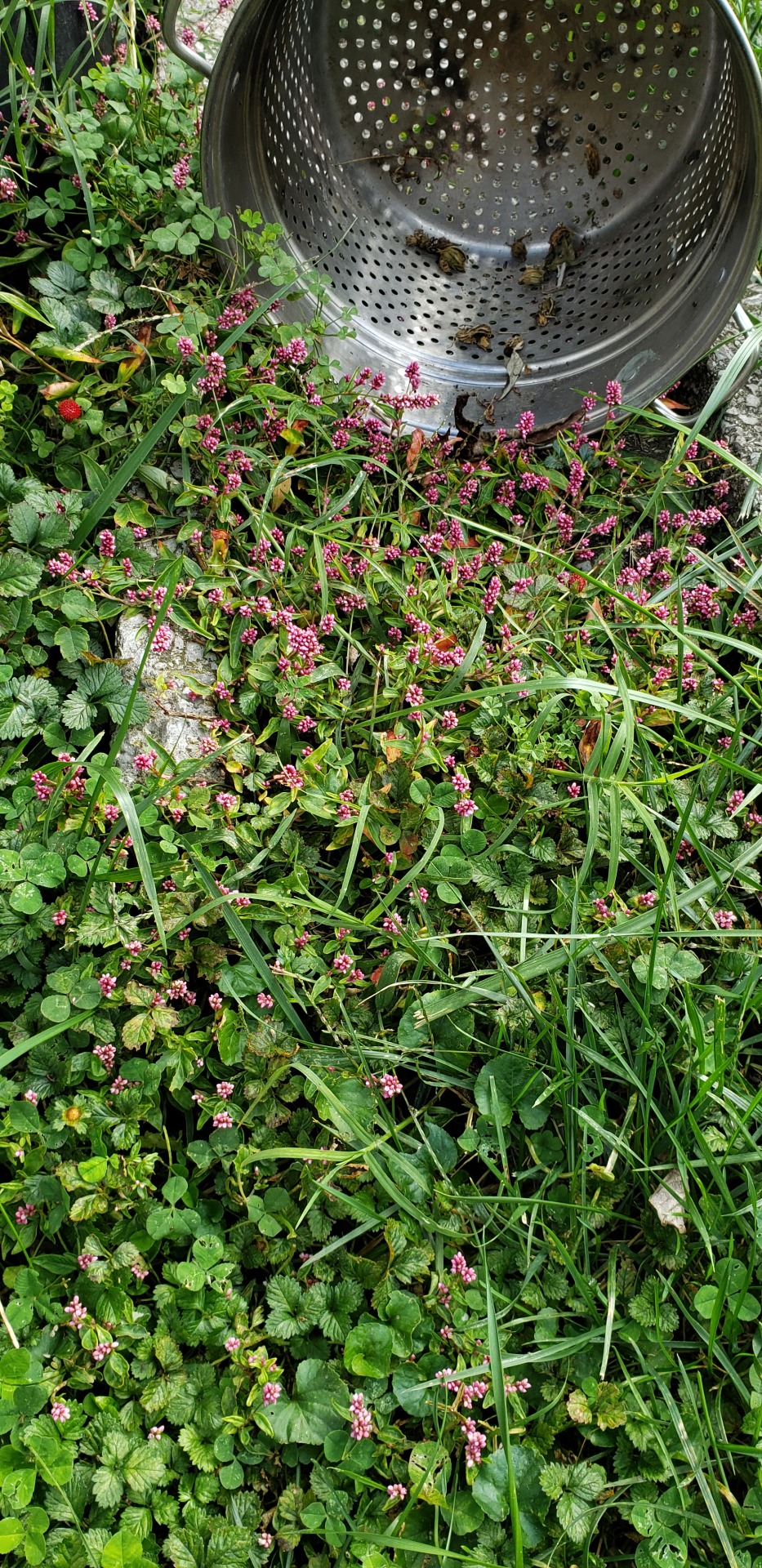
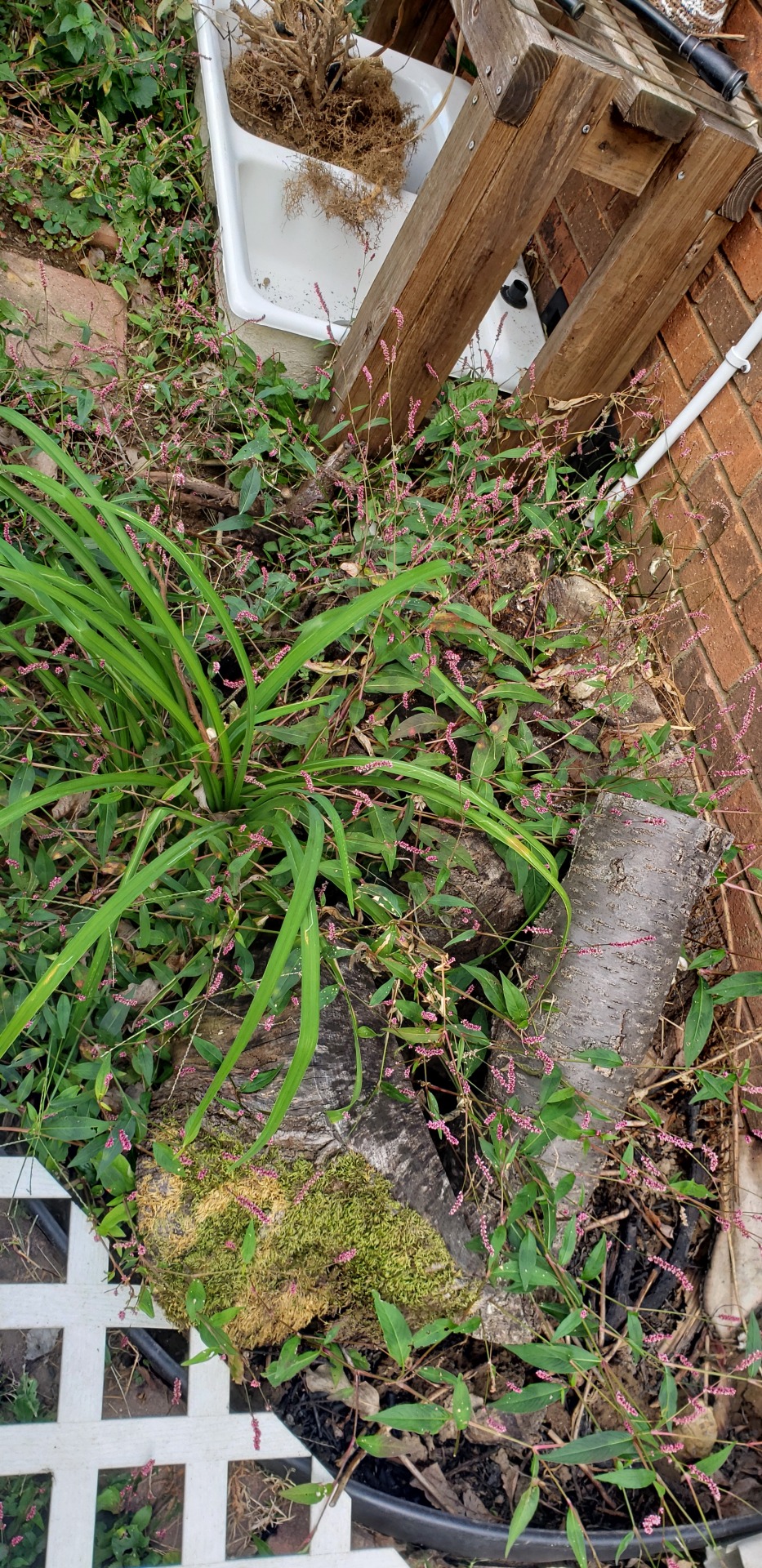
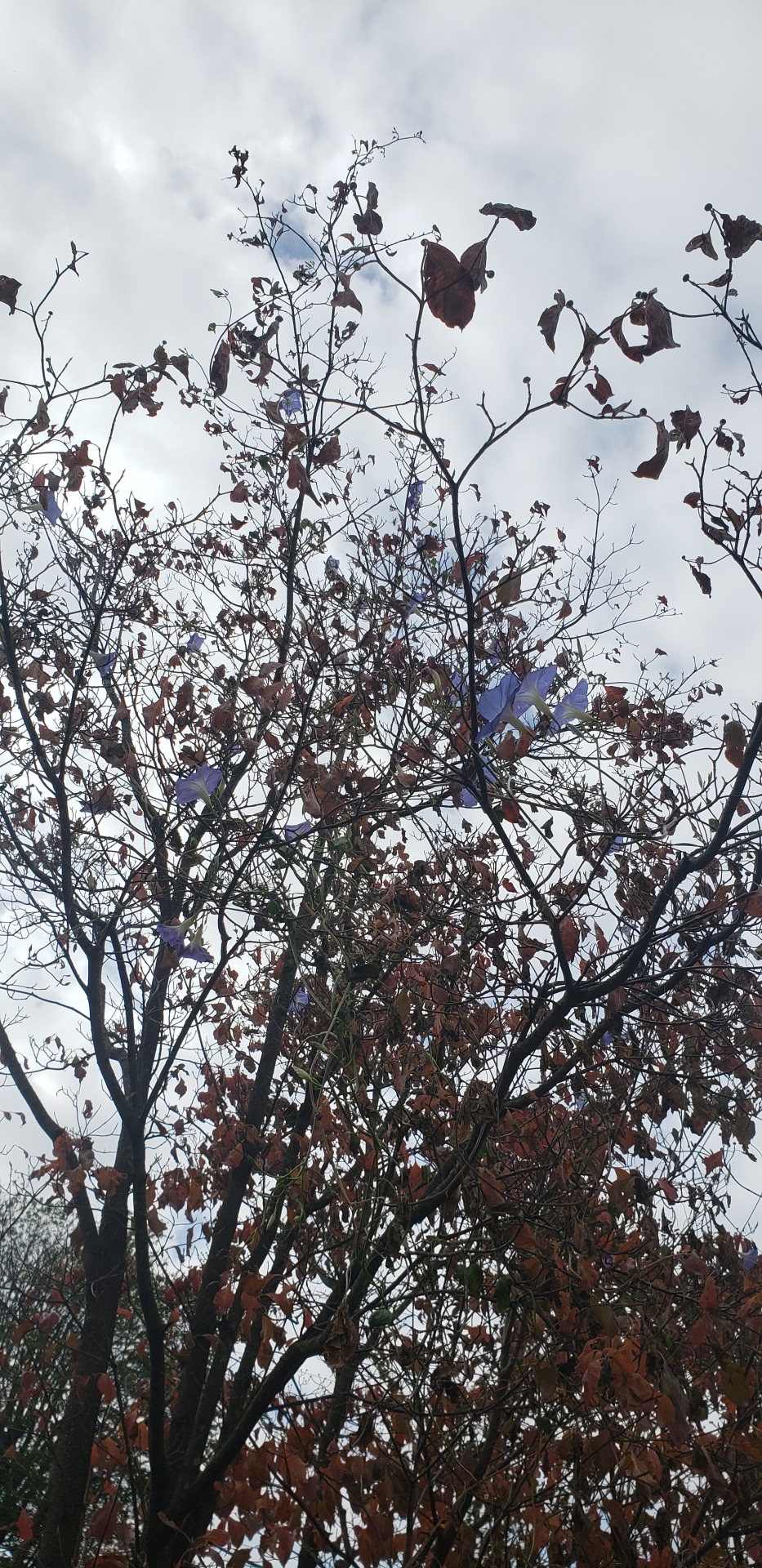

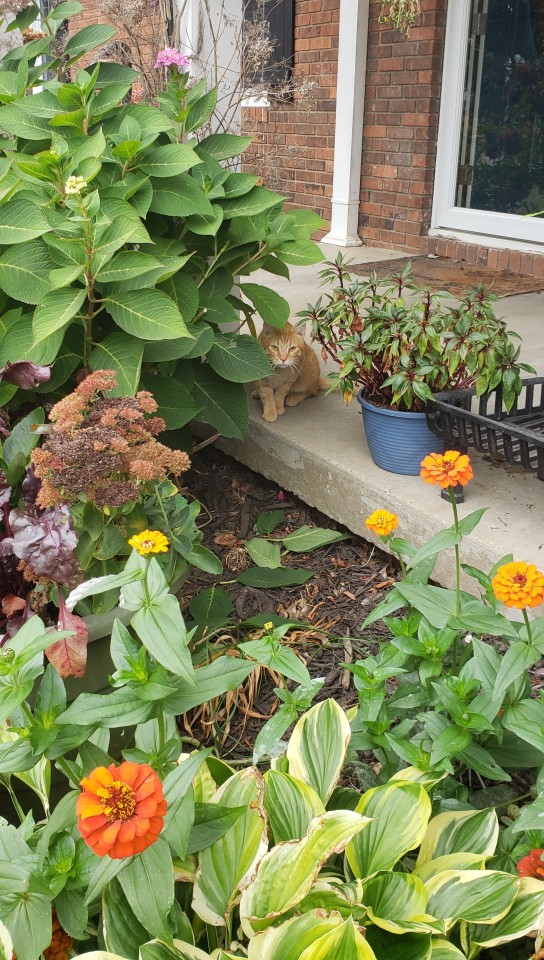

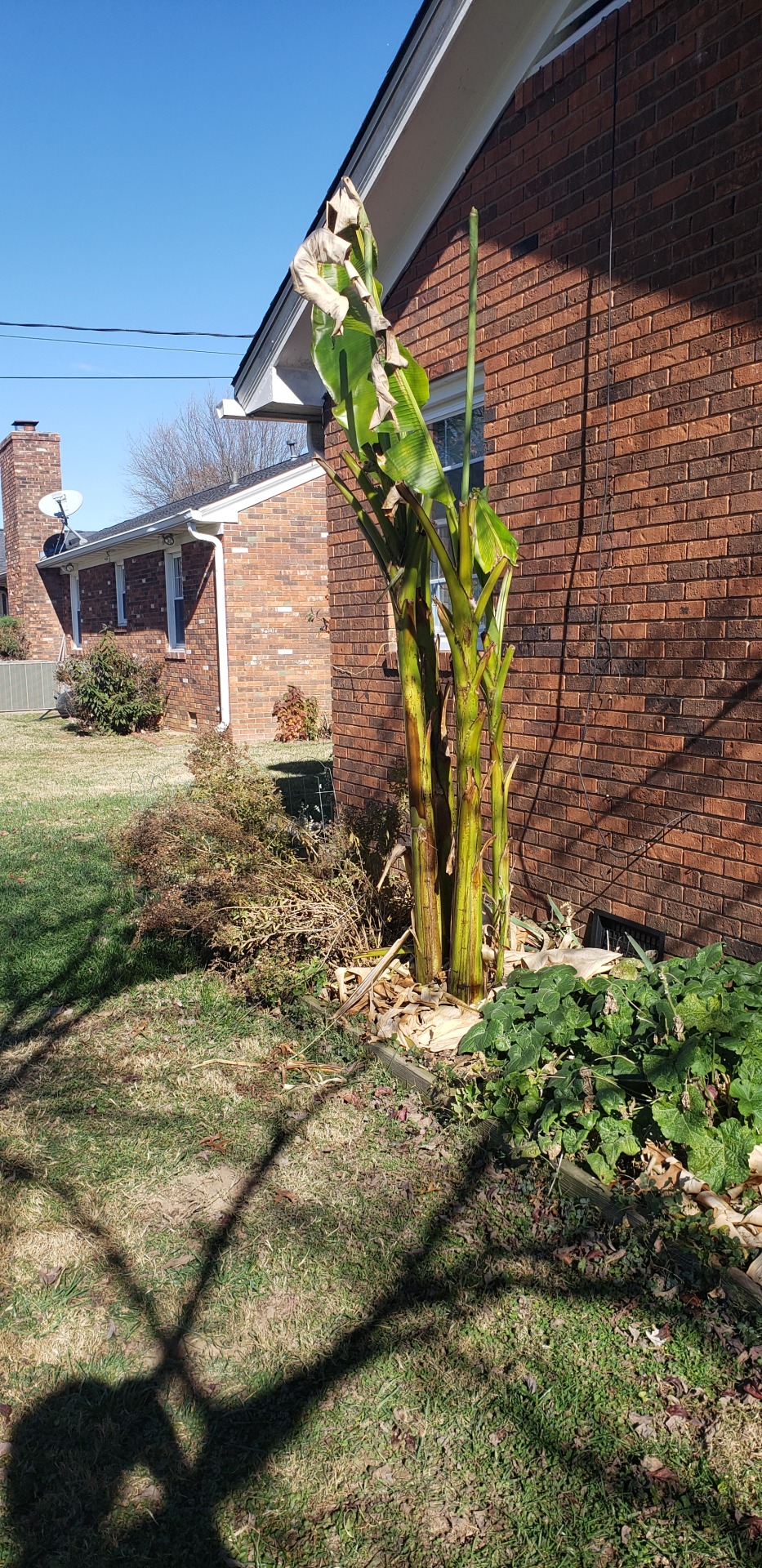

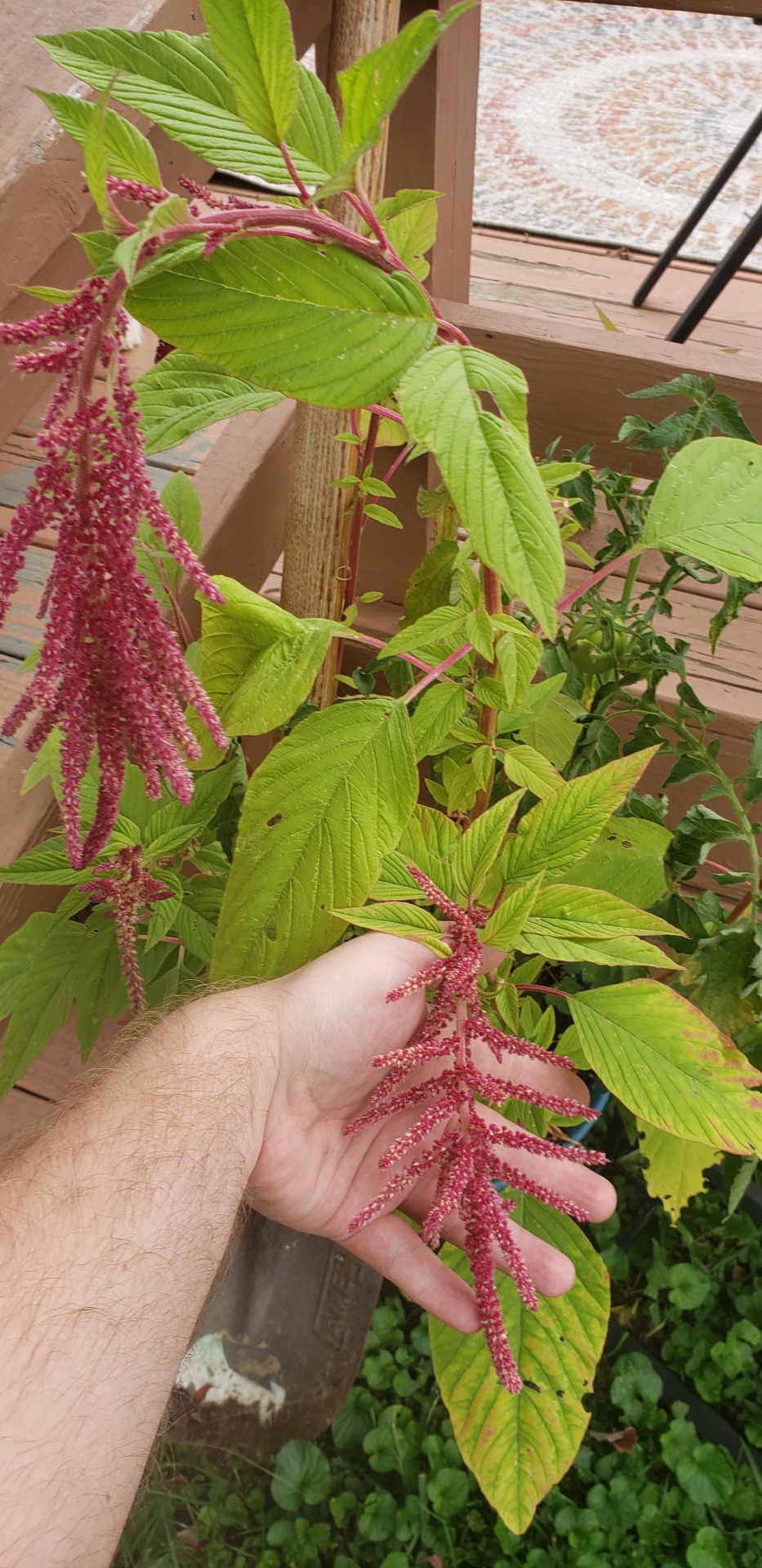
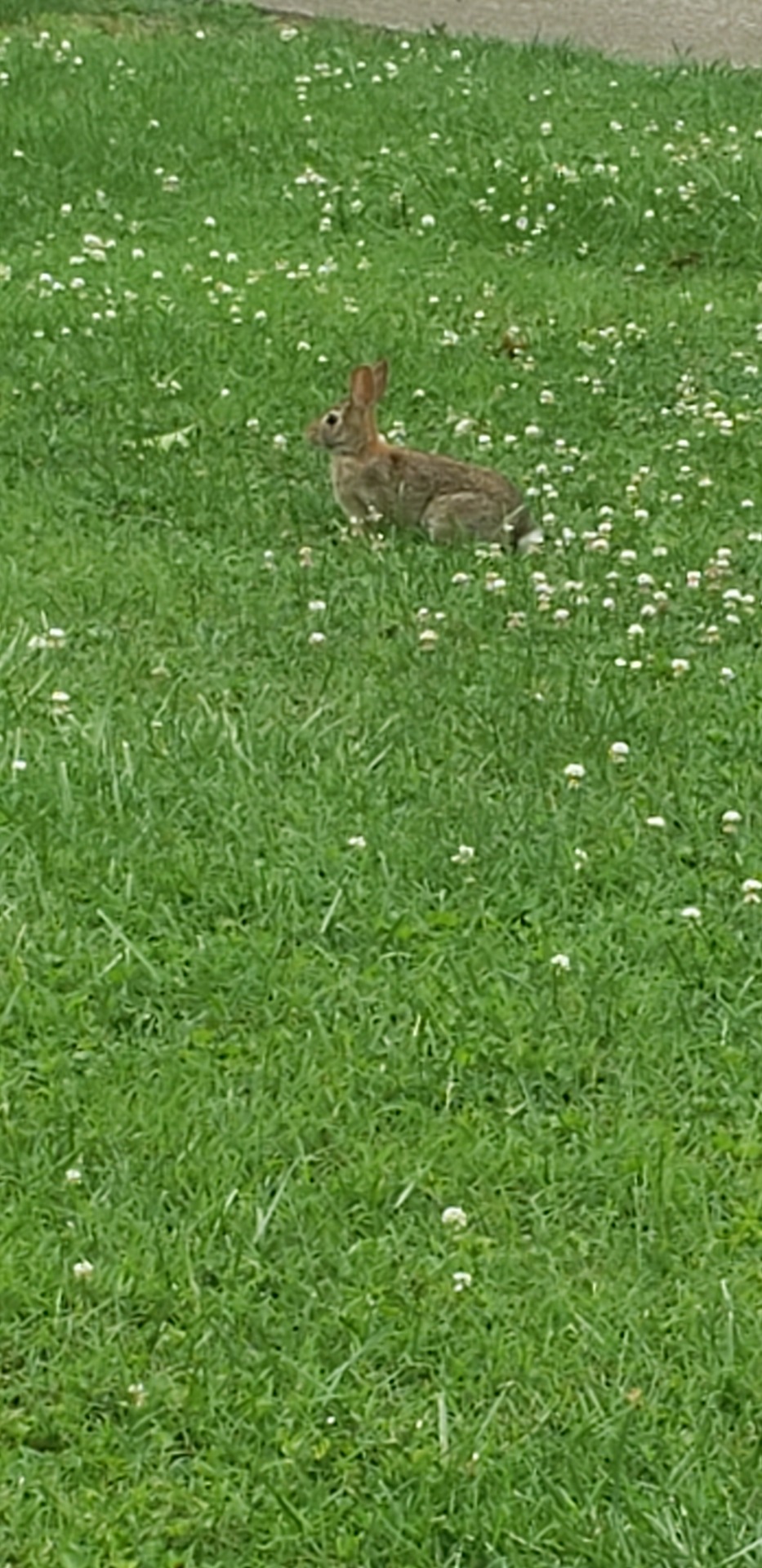
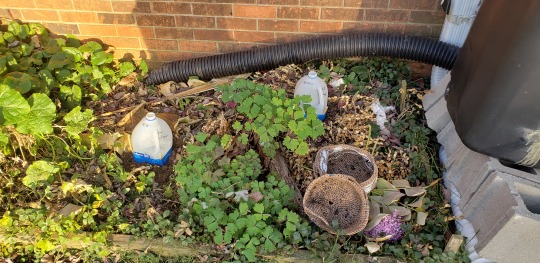
Photo dump - Gardening in 2023
All these are different pics from my garden(s) in 2023.
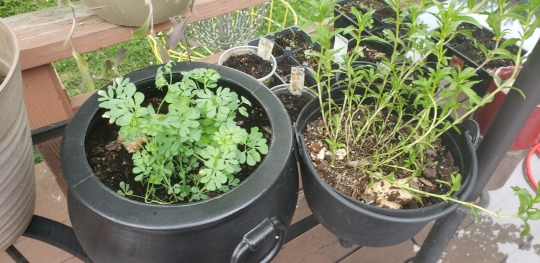

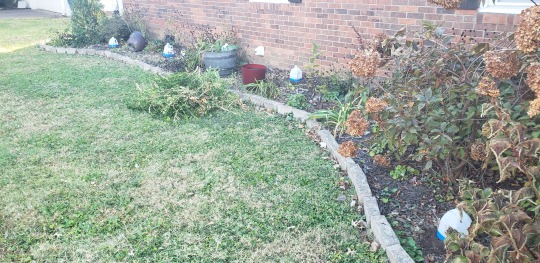
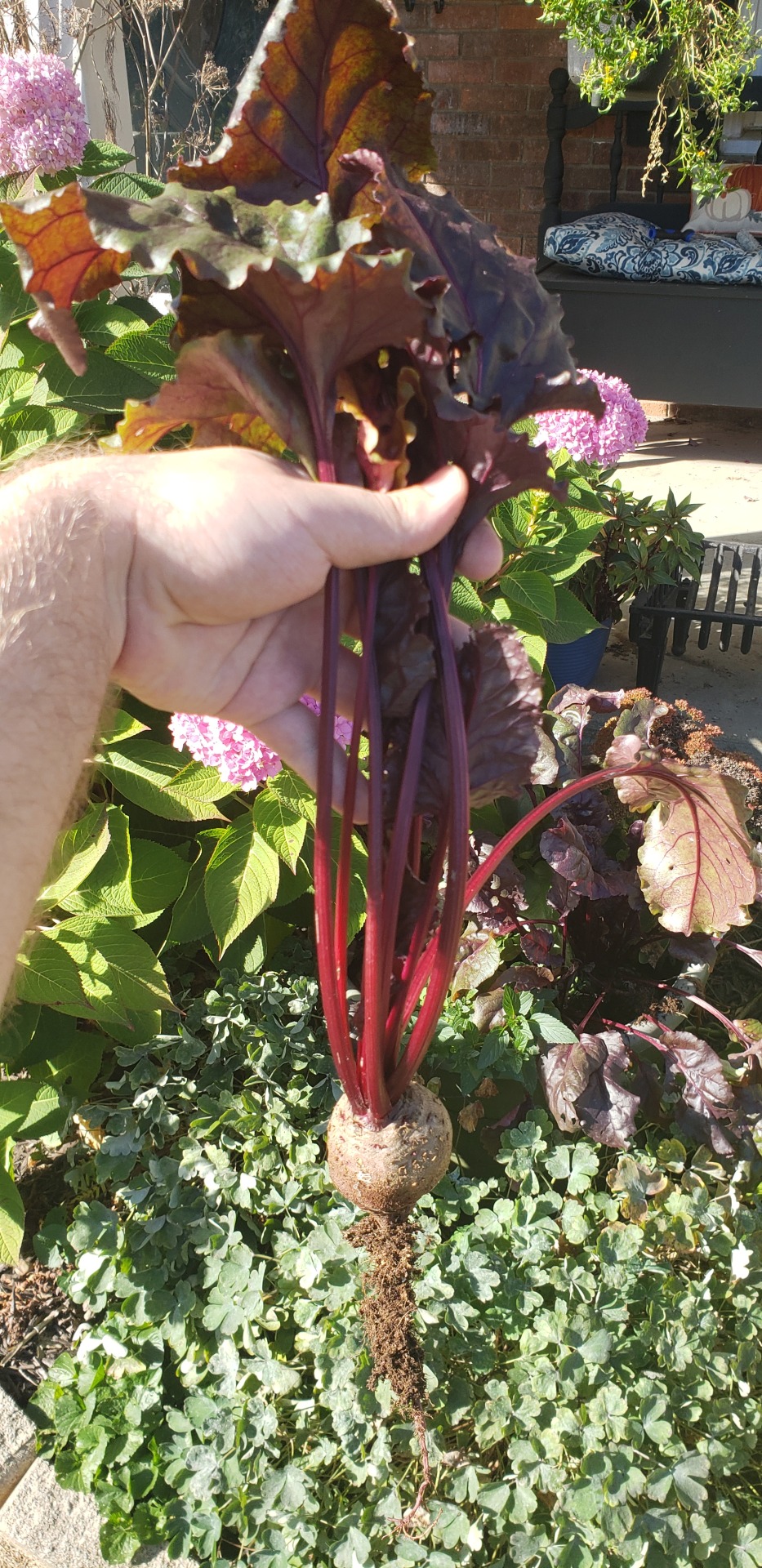



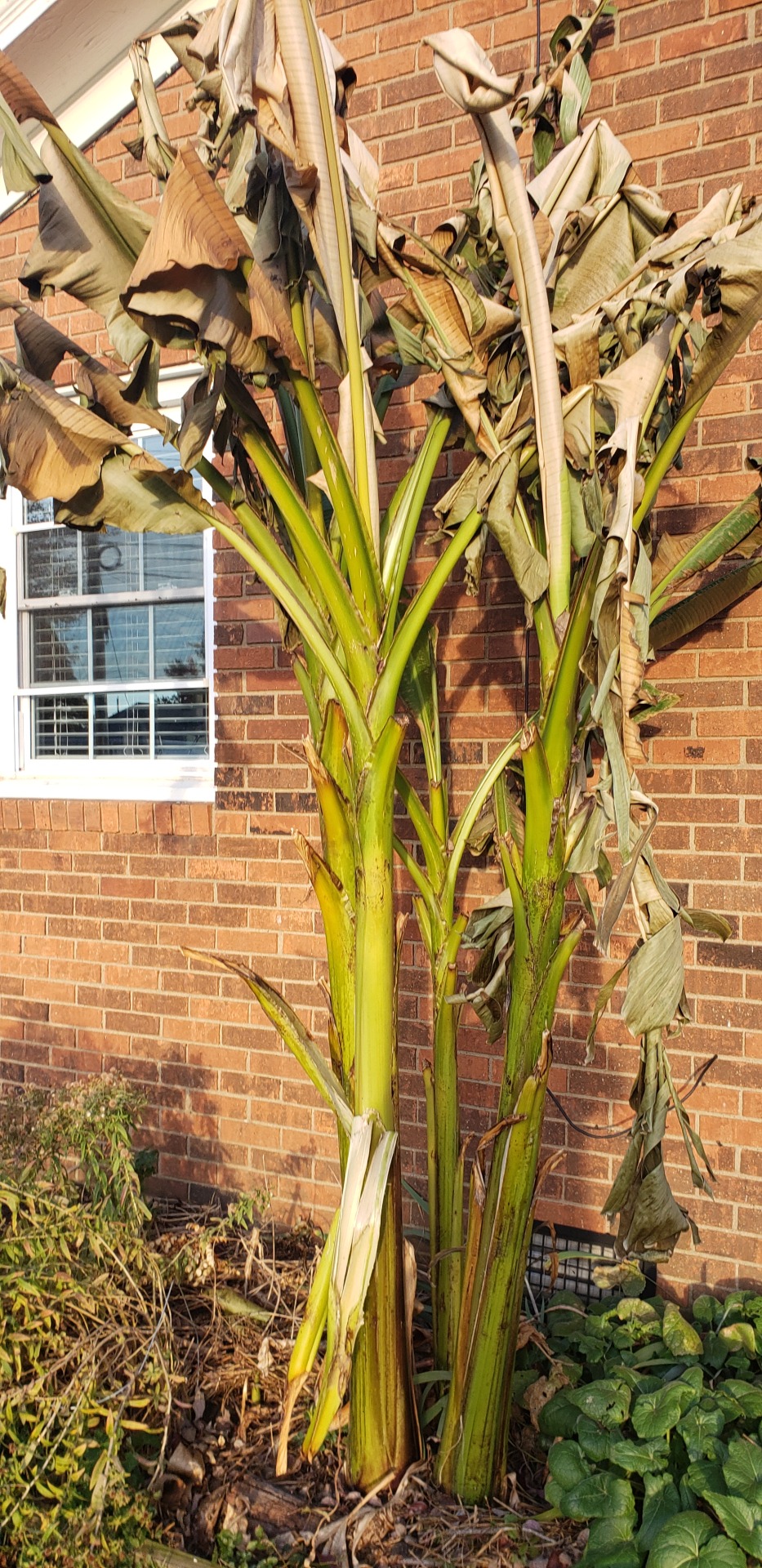
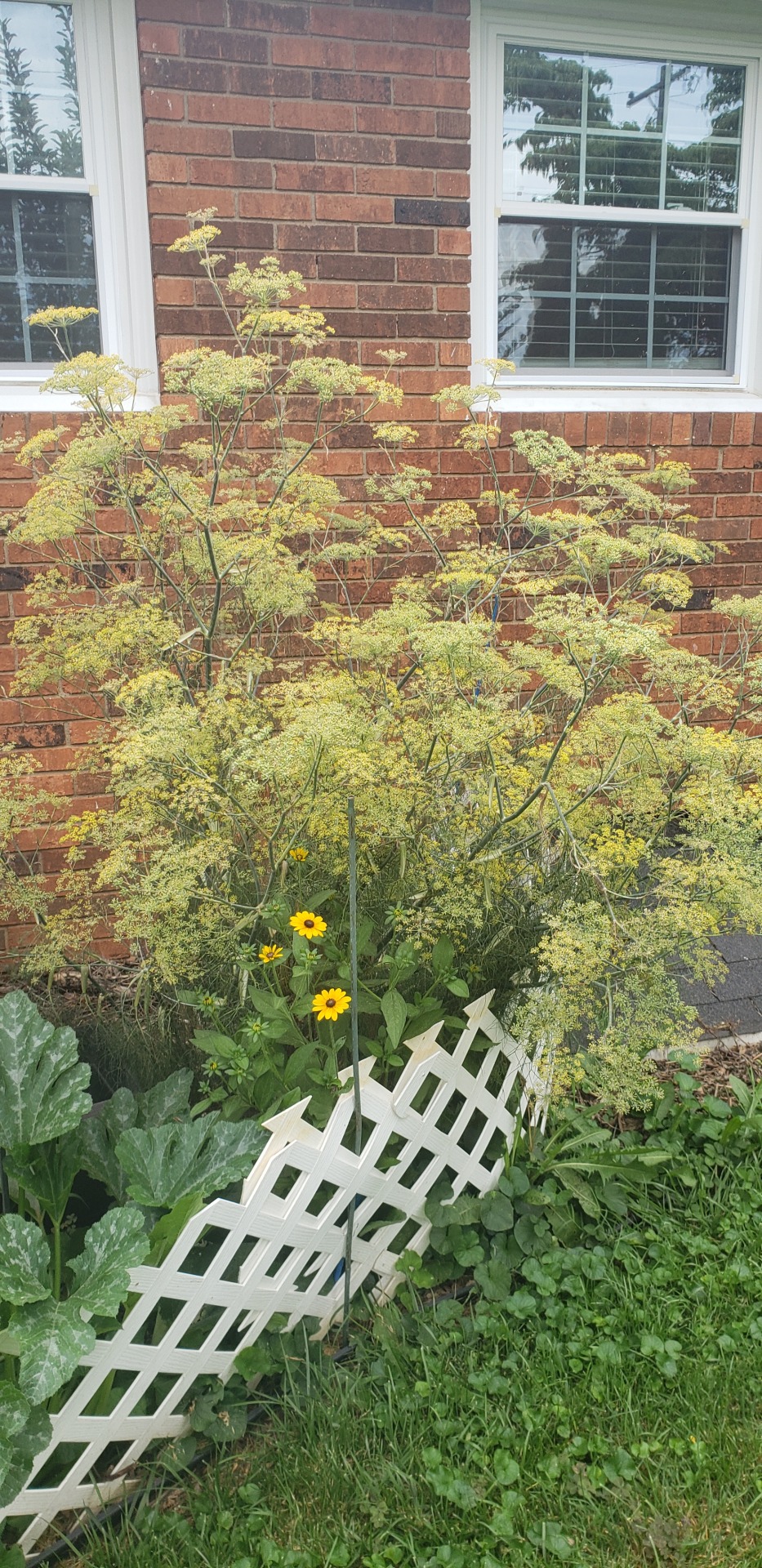
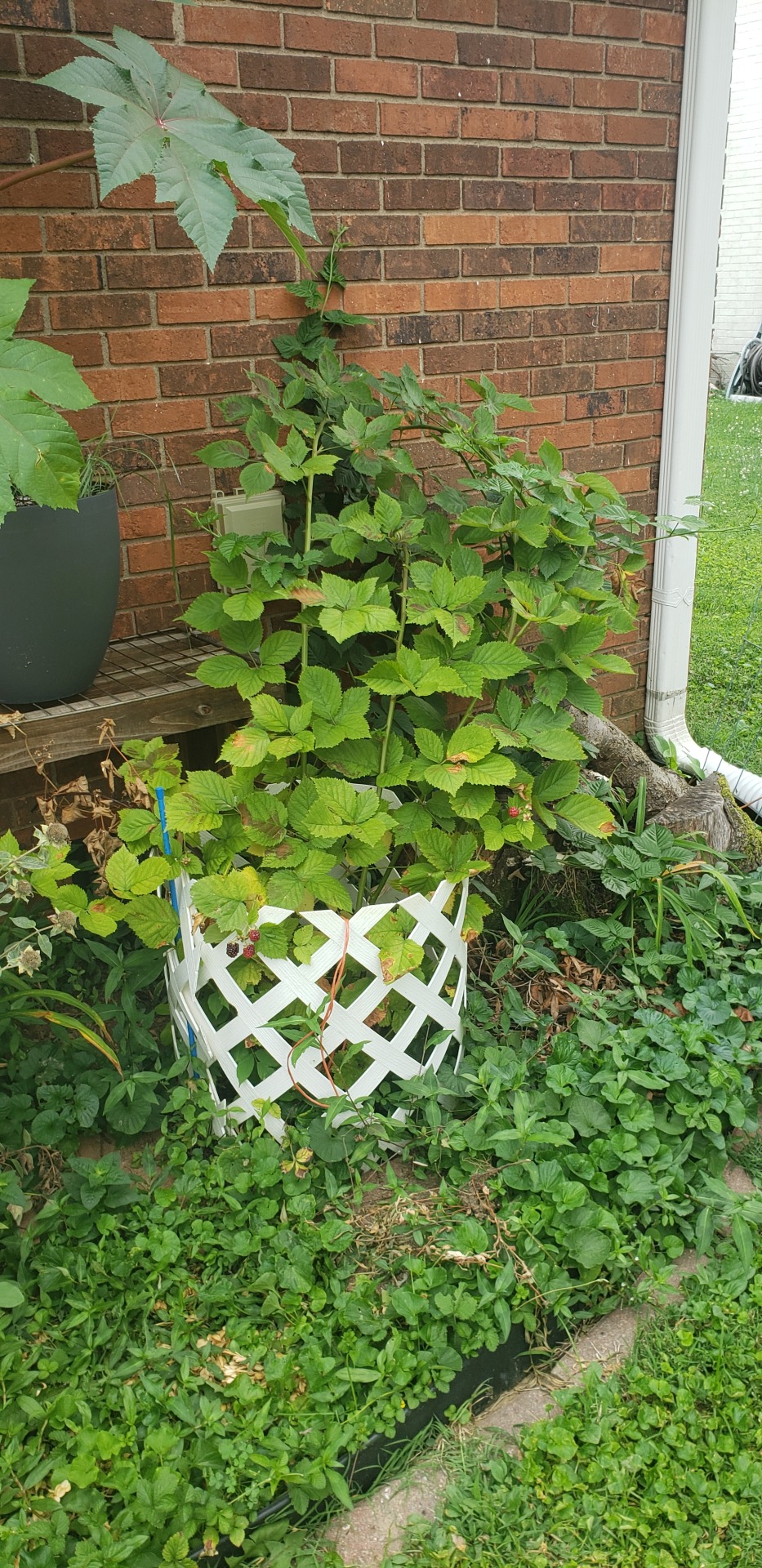
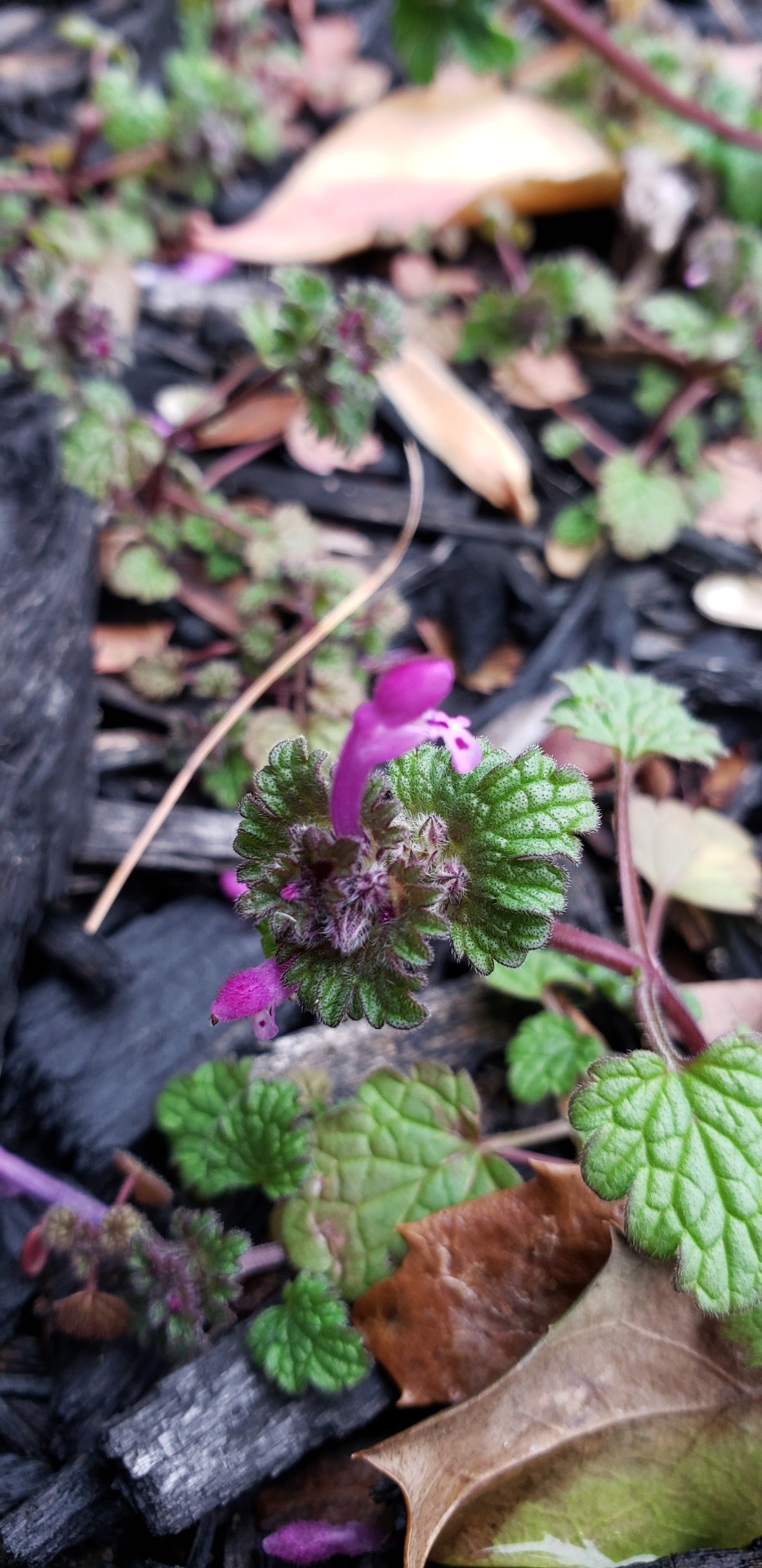
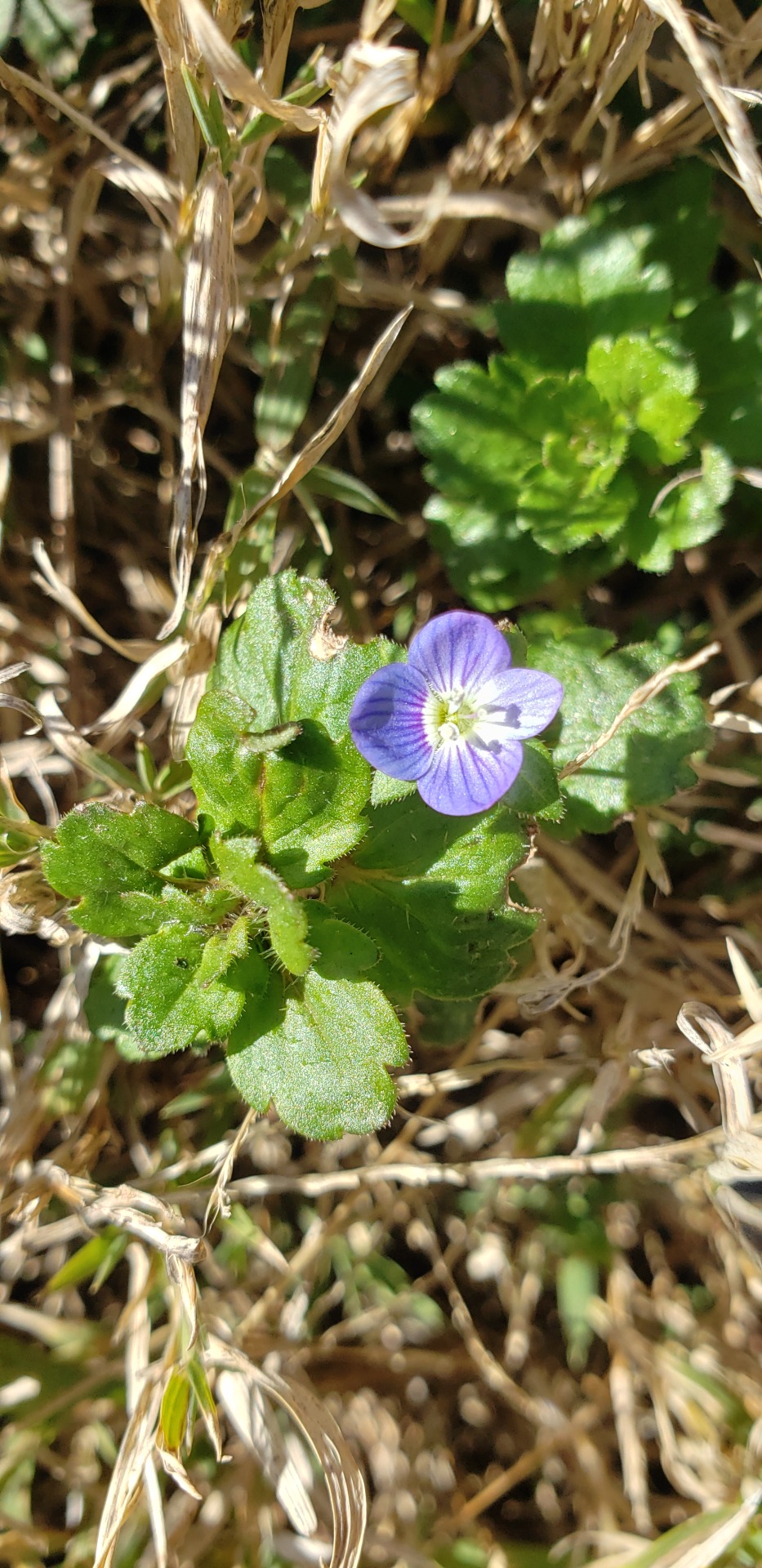




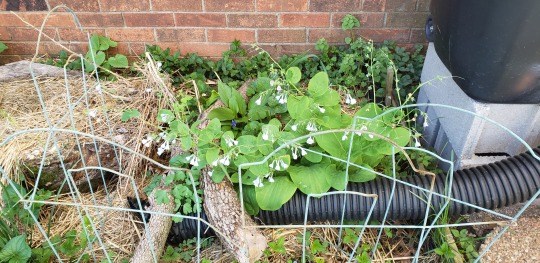
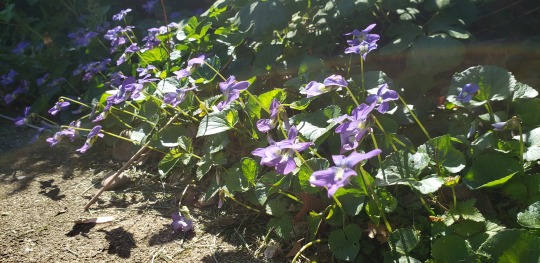






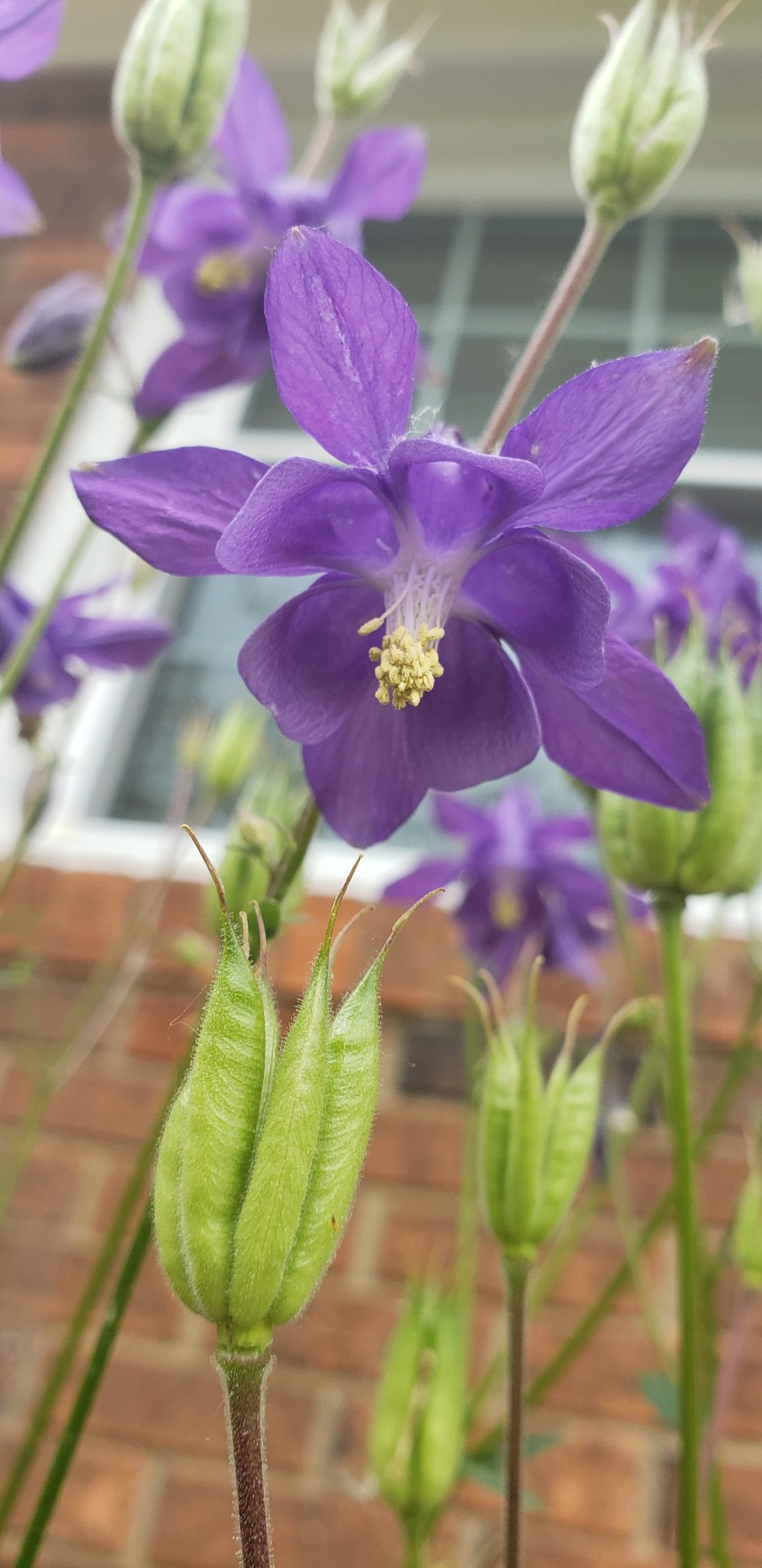
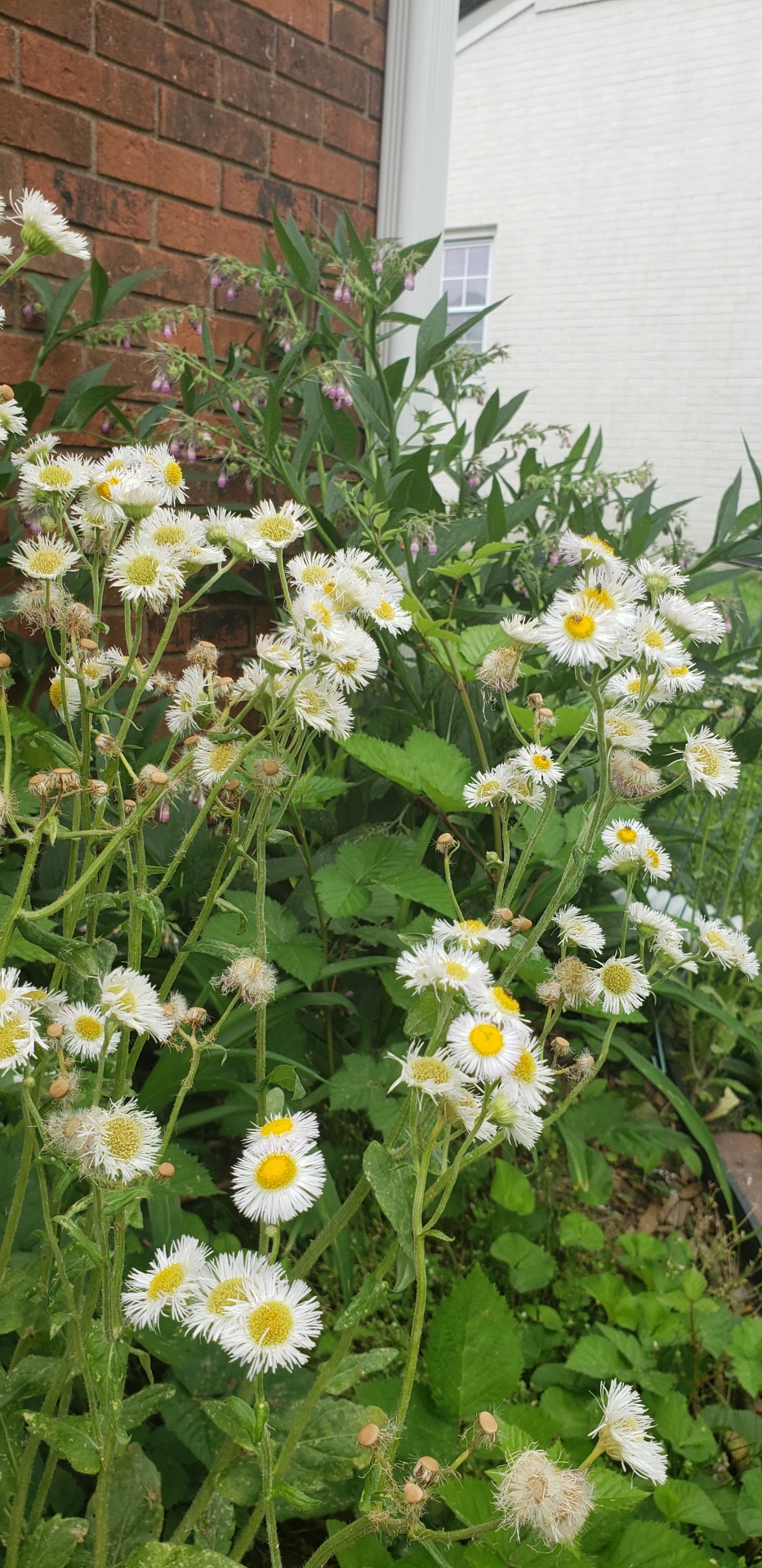
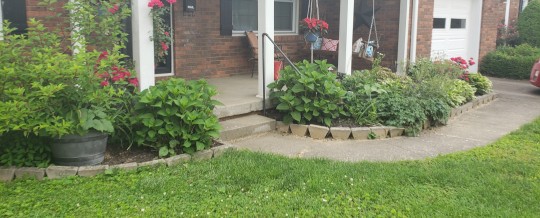
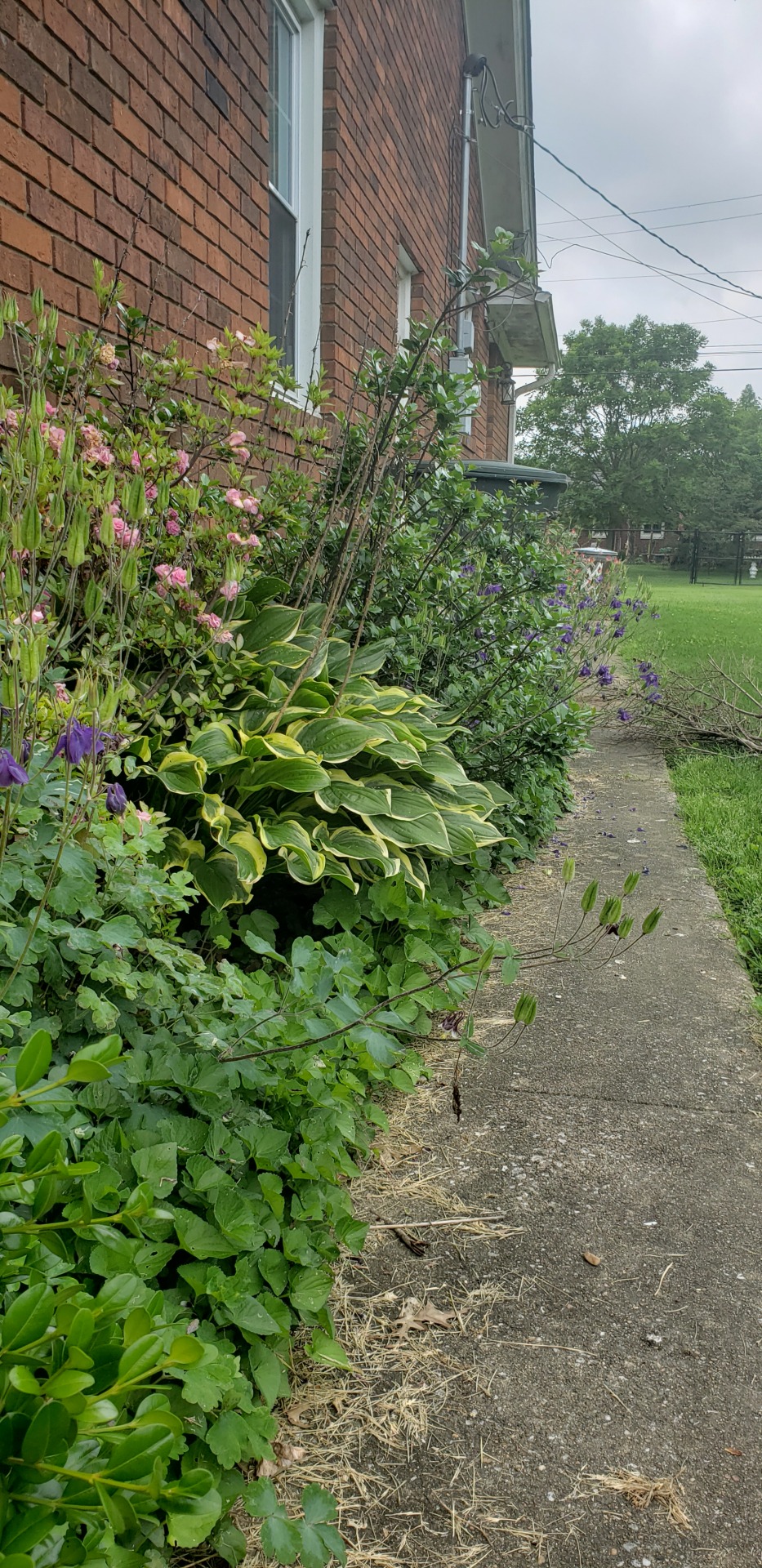
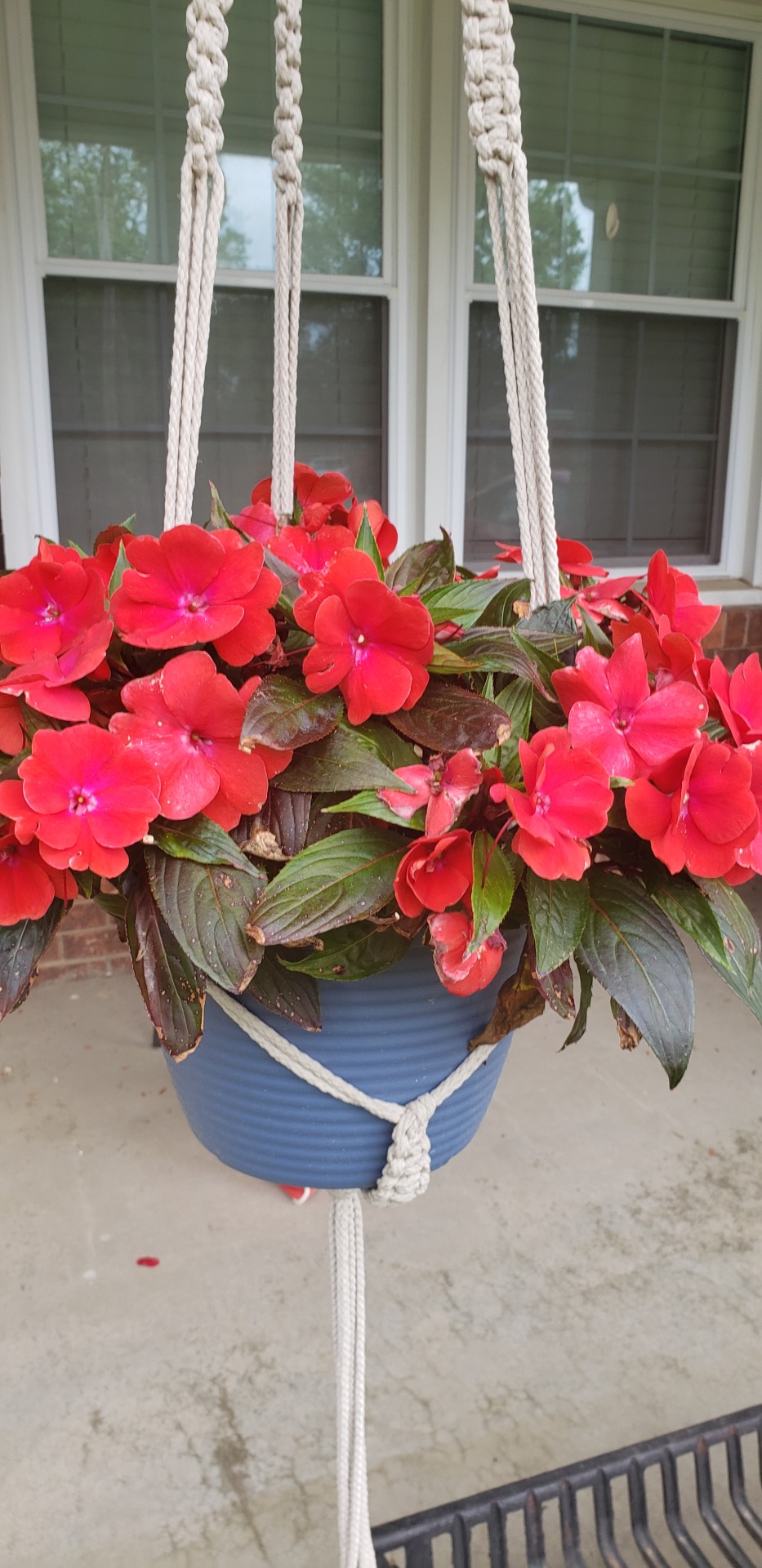
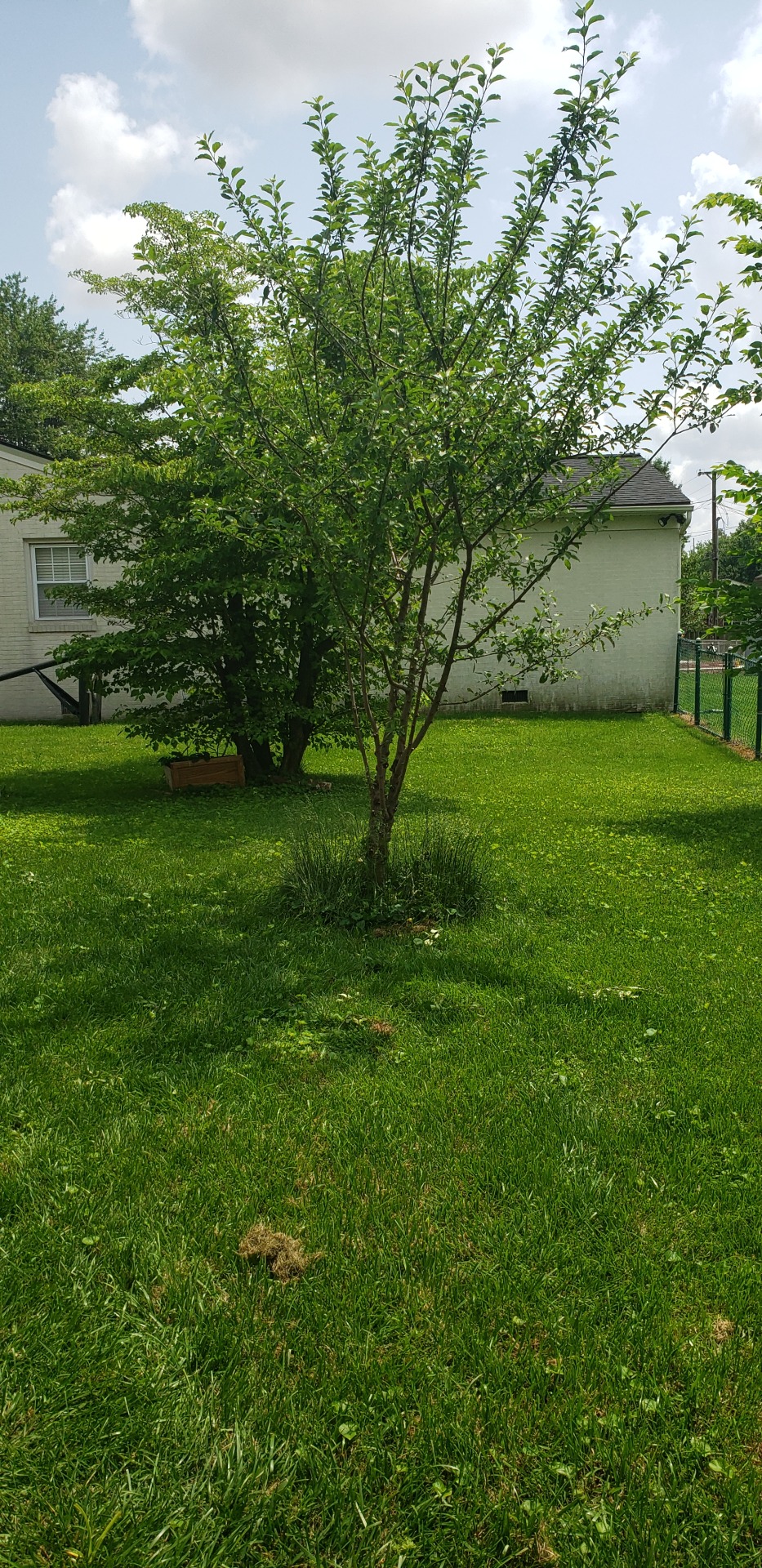
3 notes
·
View notes
Text
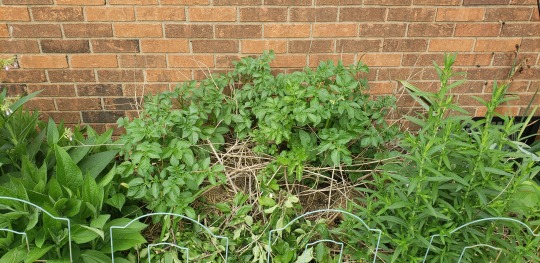


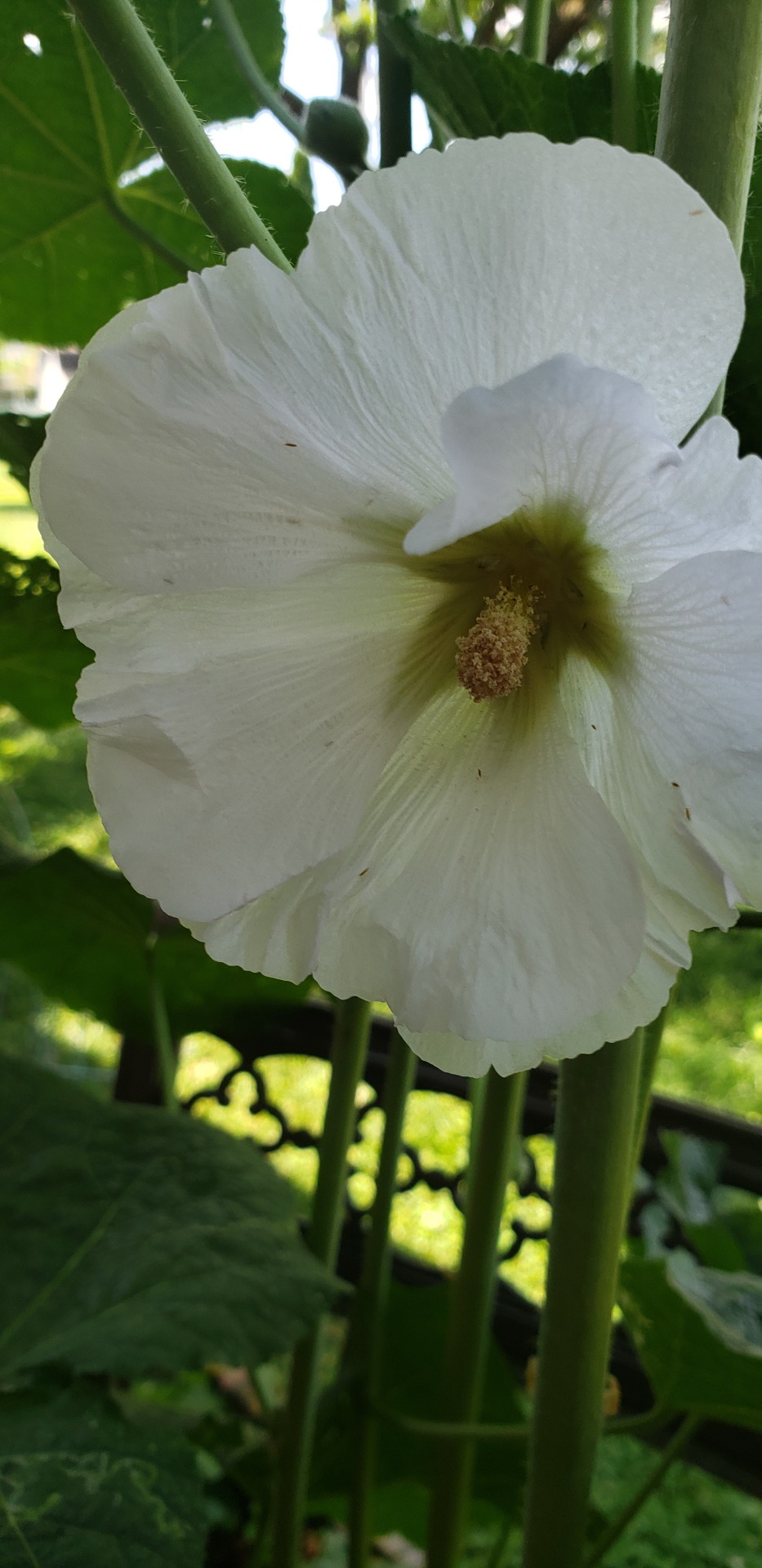
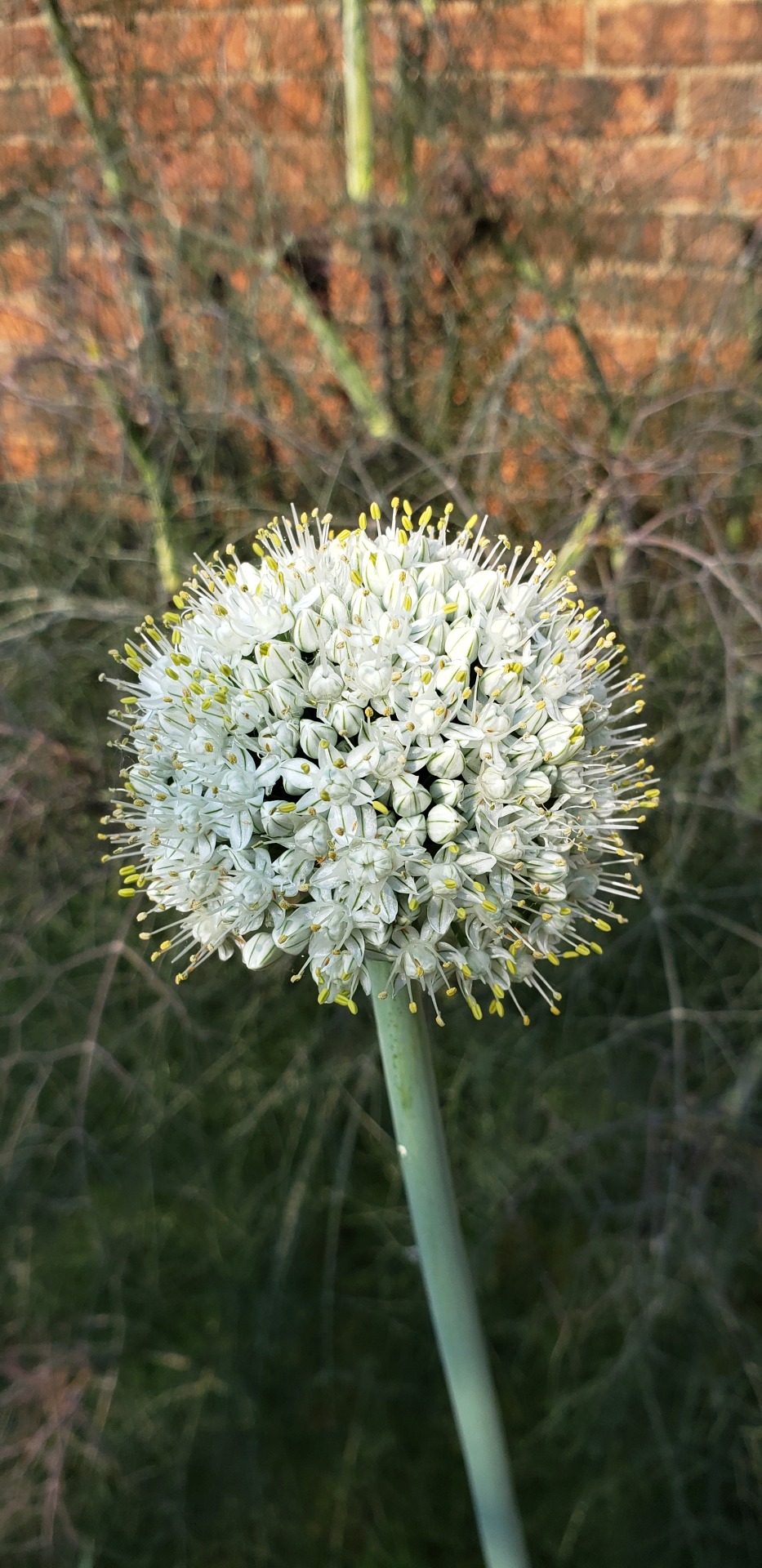



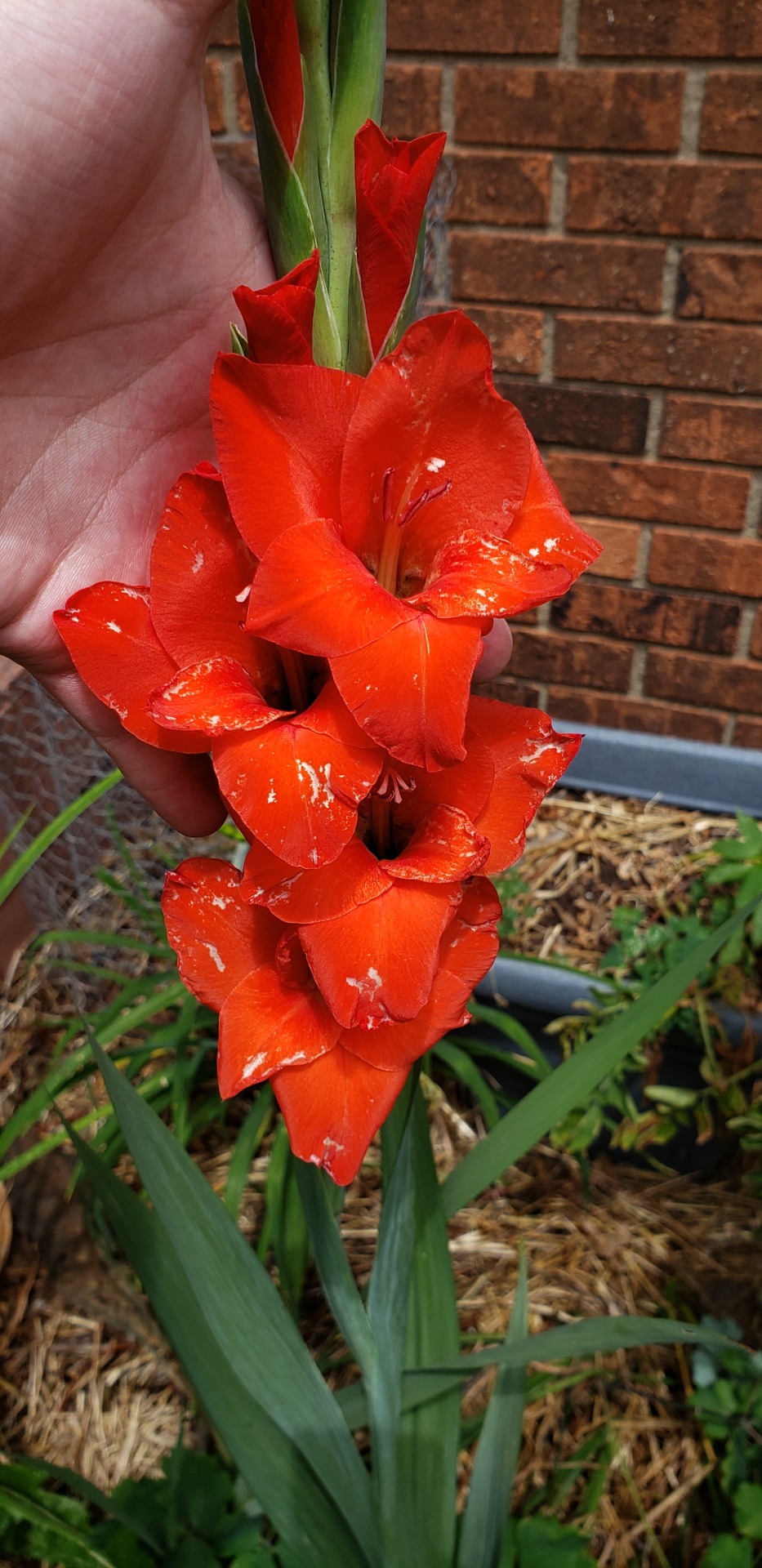



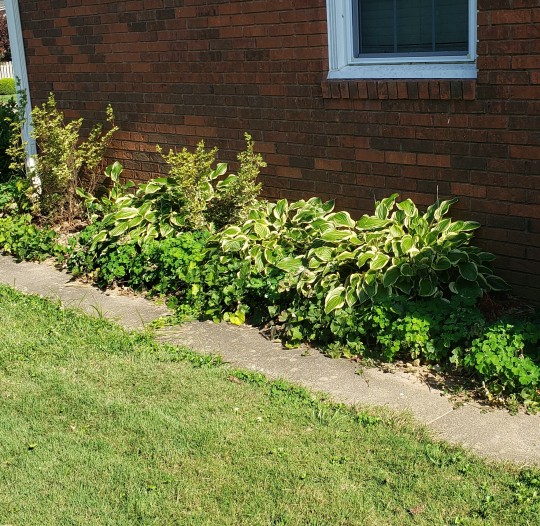


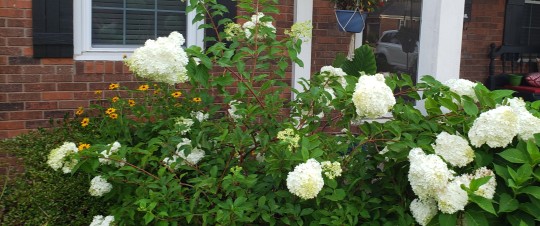
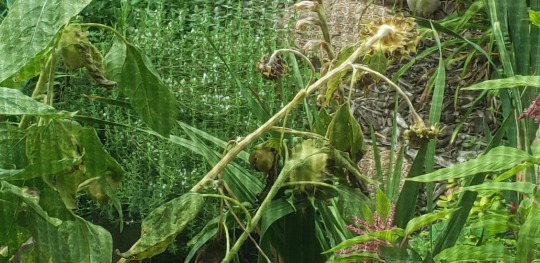


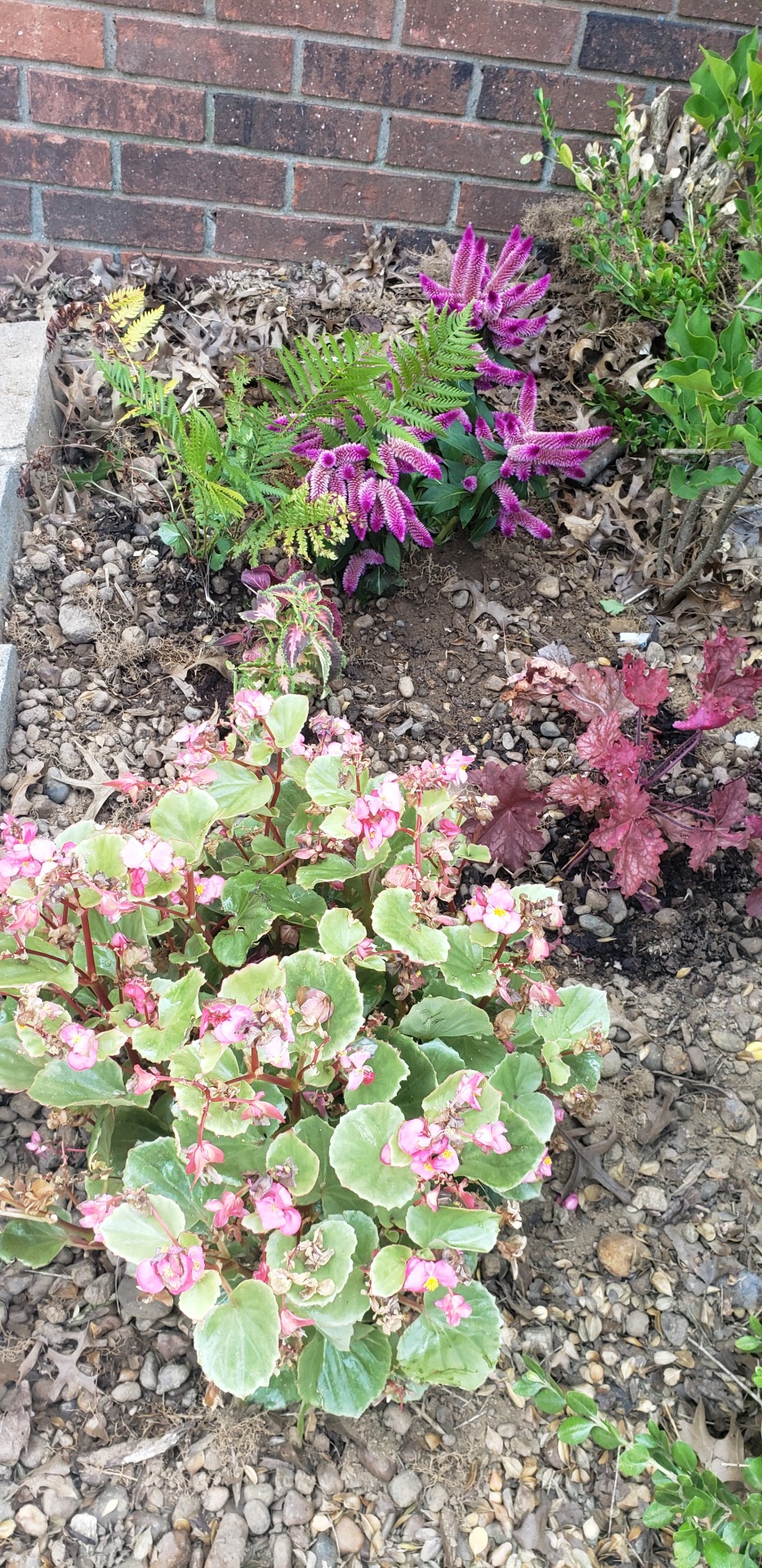
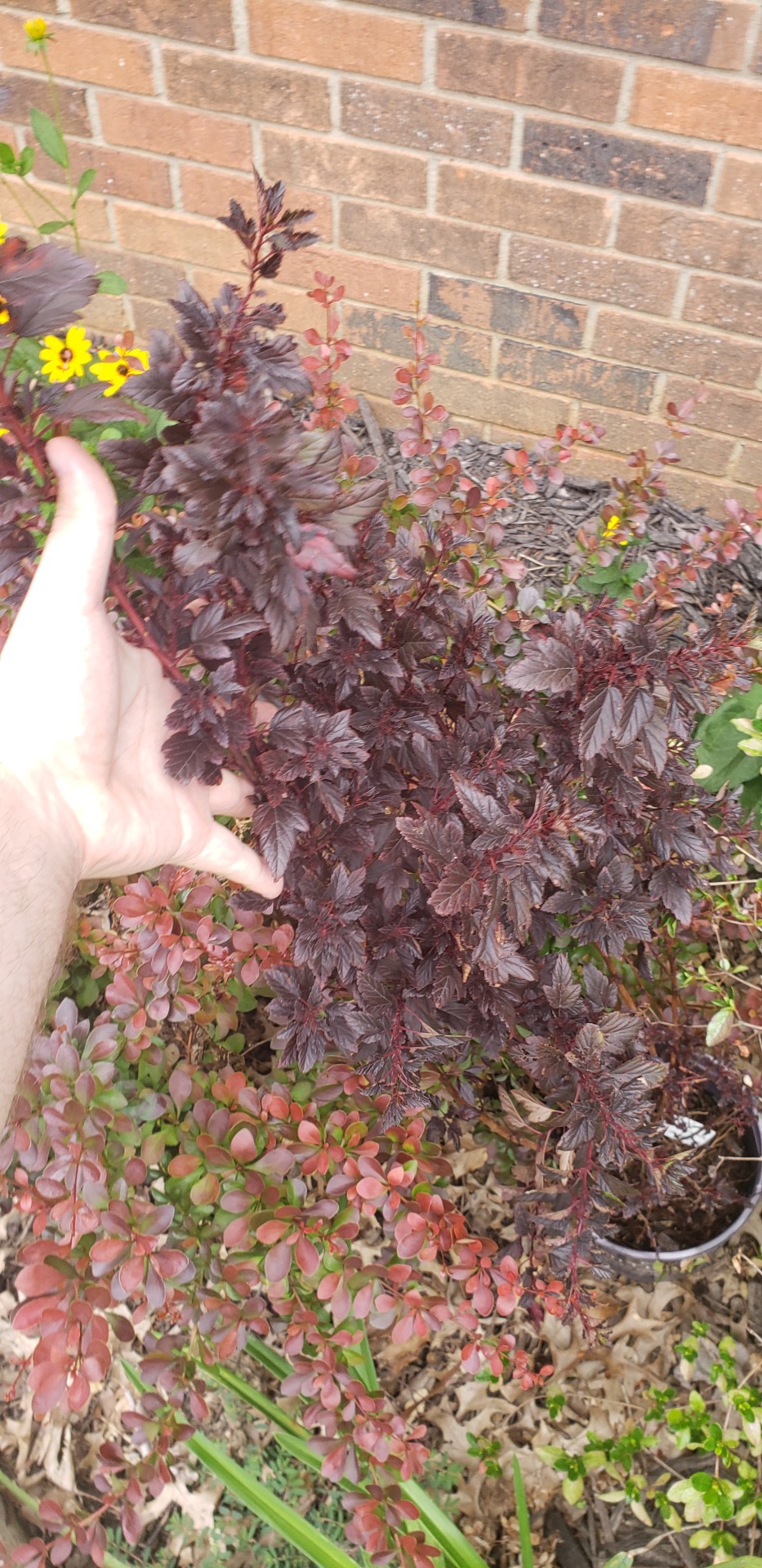

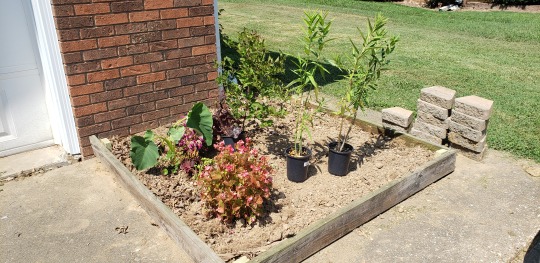
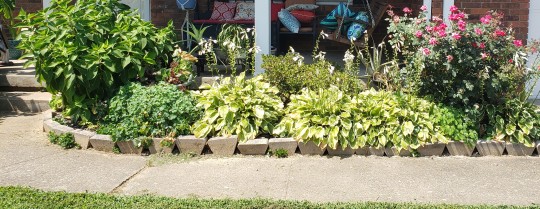




Photo dump - Gardening in 2023
All these are different pics from my garden(s) in 2023.






























3 notes
·
View notes
Text
Photo dump - Gardening in 2023
All these are different pics from my garden(s) in 2023.






























3 notes
·
View notes
Text
First post, blog goal
Hiya, welcome to my twisted garden and all that rot
Honestly, I just wanted a space to collate my various gardening ideas, memories, and some fun inspiration. I'm also maintaining @ourwillsaregardeners as my separate Shakespeare garden blog, but I've realized that that project is going to be very intermittent due to some energy and motivation issues; I might occasionally cross-post, but most of the content here will just be general garden info, pics, and thinking-in-writing types of posts.
So what am I about? All of 2023 I worked towards using more native-to-my-area plants and yanking out the invasive and ugly non-native plants around my family home. My gardening ethos is trending towards three things: Supportive (must support insects, critters, me and my family), Stability (withstanding the hot, dry, humid summers of Western Great Plains area and the increasingly variable winter weather of my area), and Scintillating (looks good and keeps interest over more than a week per year, ideally keeping interest for at least two seasons).
I'm interested in permaculture, rewilding ethos, sustainability, frugal and do-it-yourself accessibility, and doing personal (and manageable) work towards larger scale goals like combating climate change, corporate mindsets, and planned/expected obsolesce.
I'll be using tags to organize posts, and will likely use certain tags to keep track of certain projects.
If you have a question, you're welcome to ask, but I'll say right off that I do not have any formal learning about horticulture, ecology, etc. so I may not be your final stop in a query.
-J
1 note
·
View note